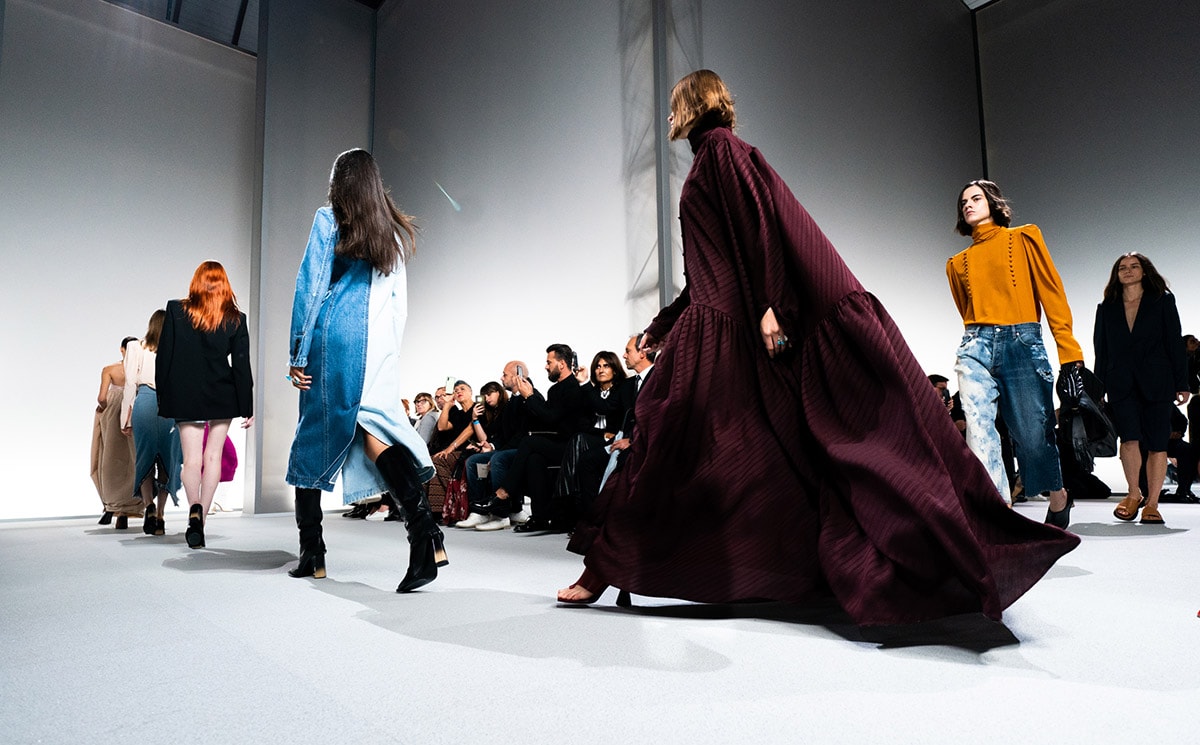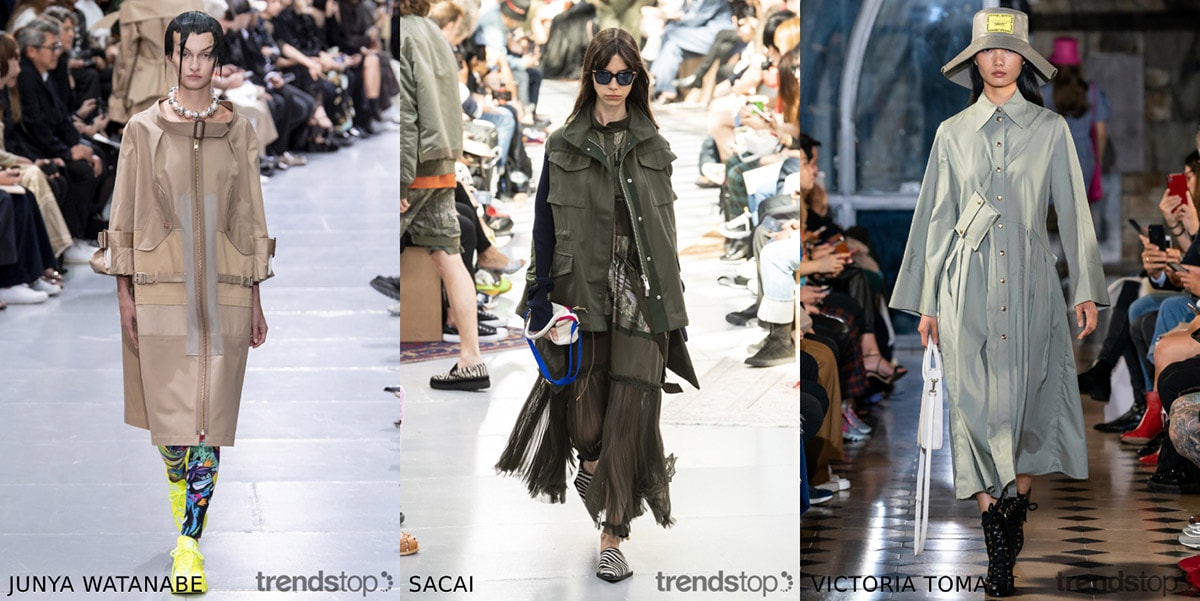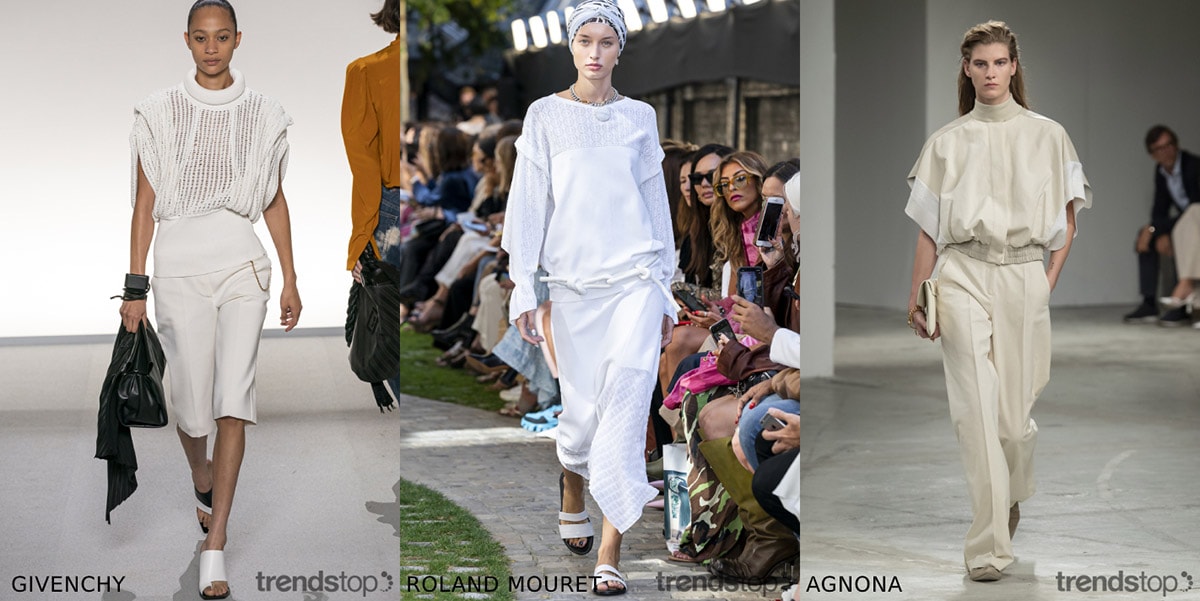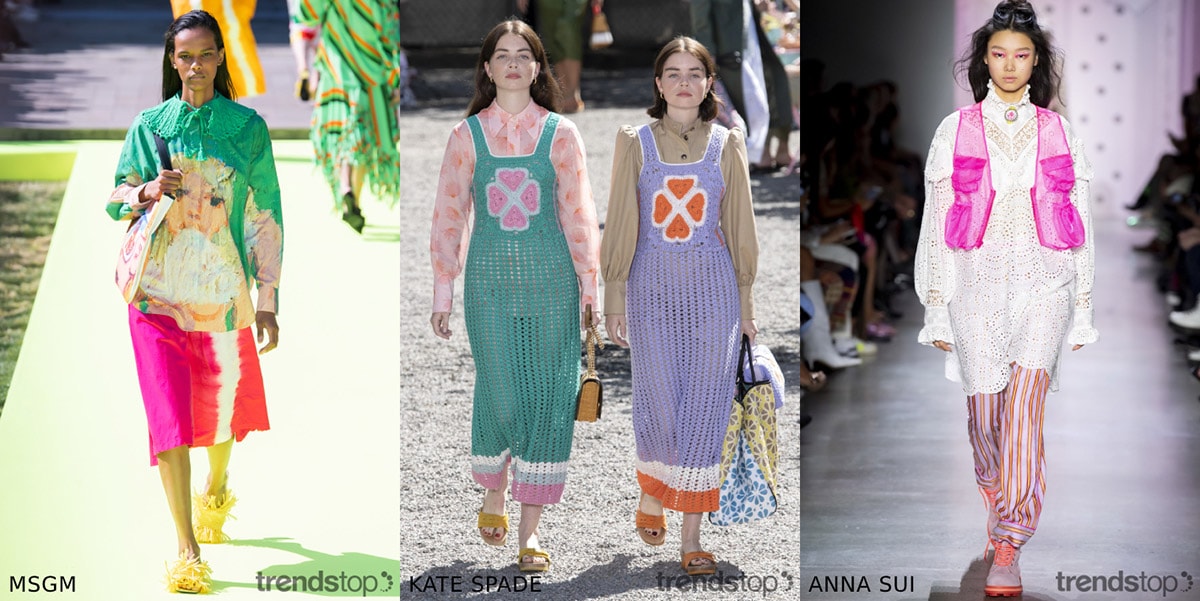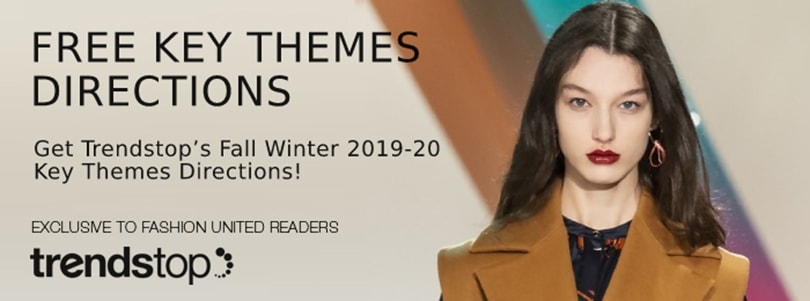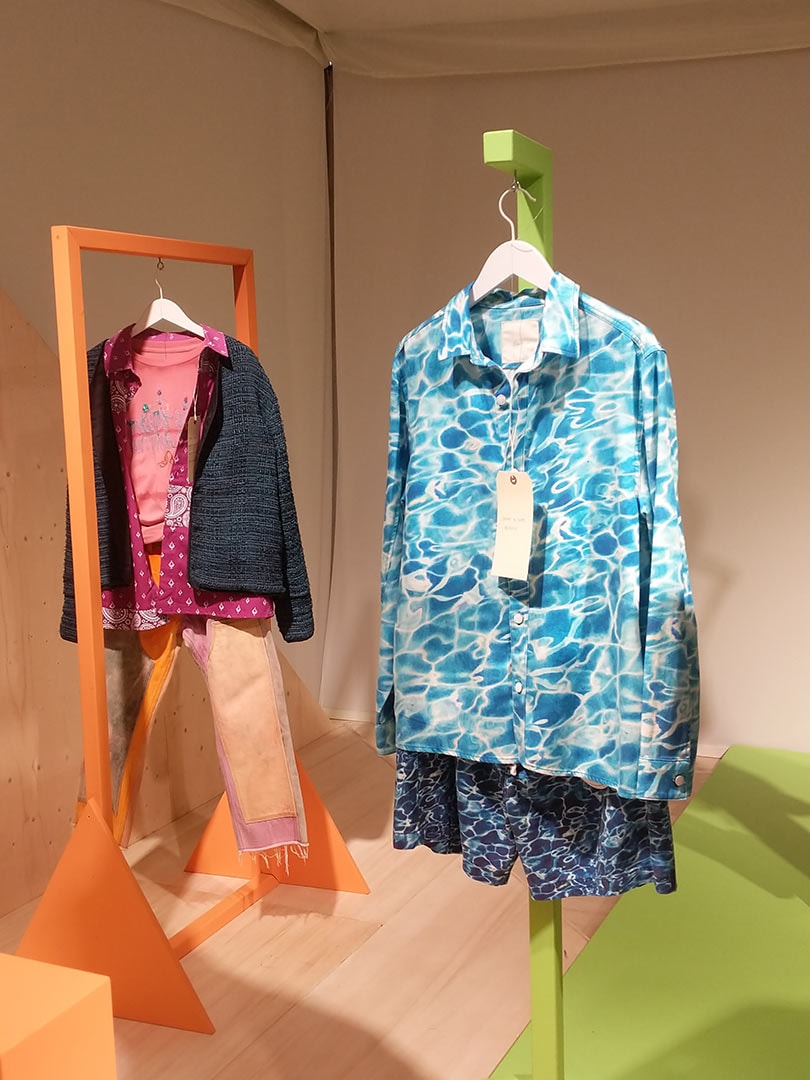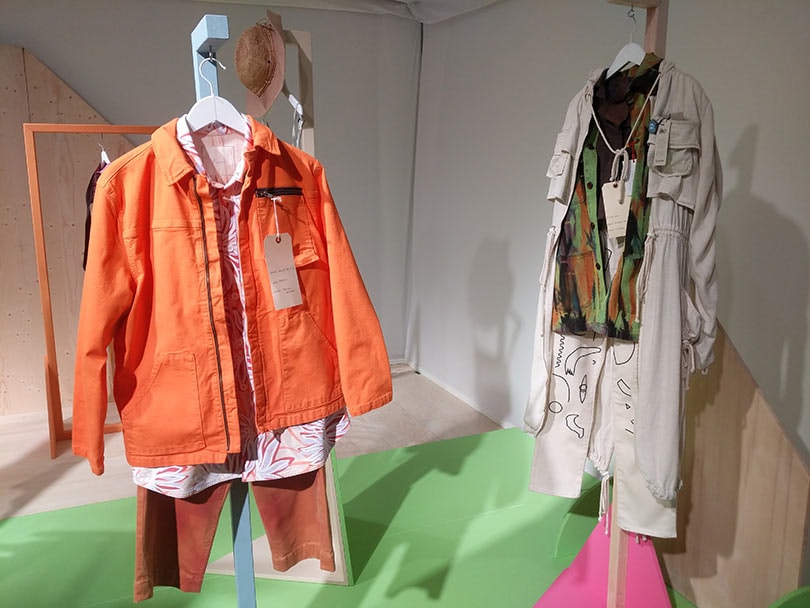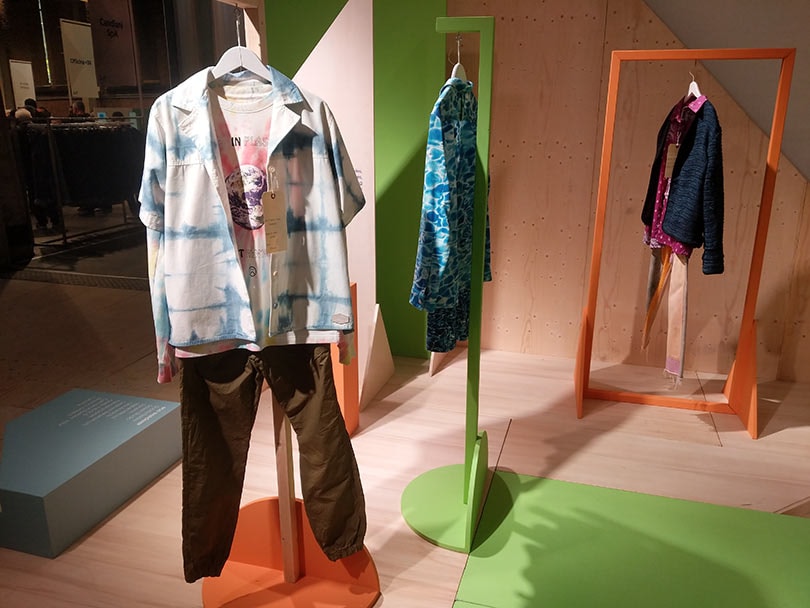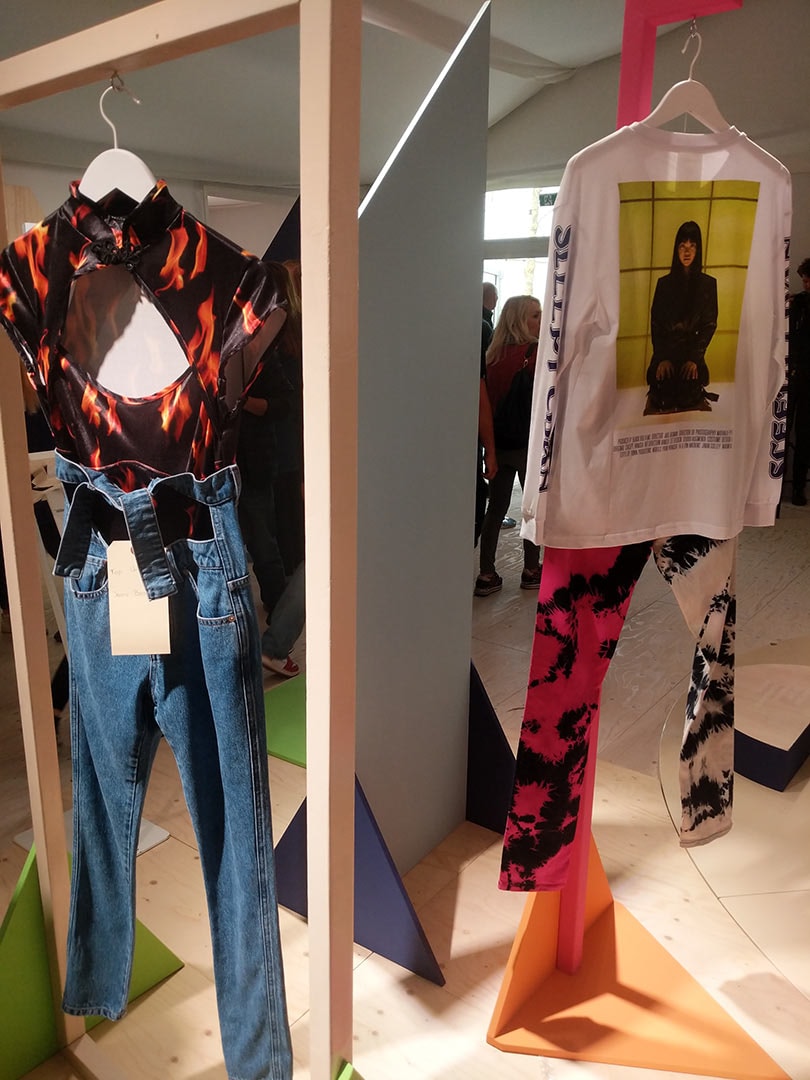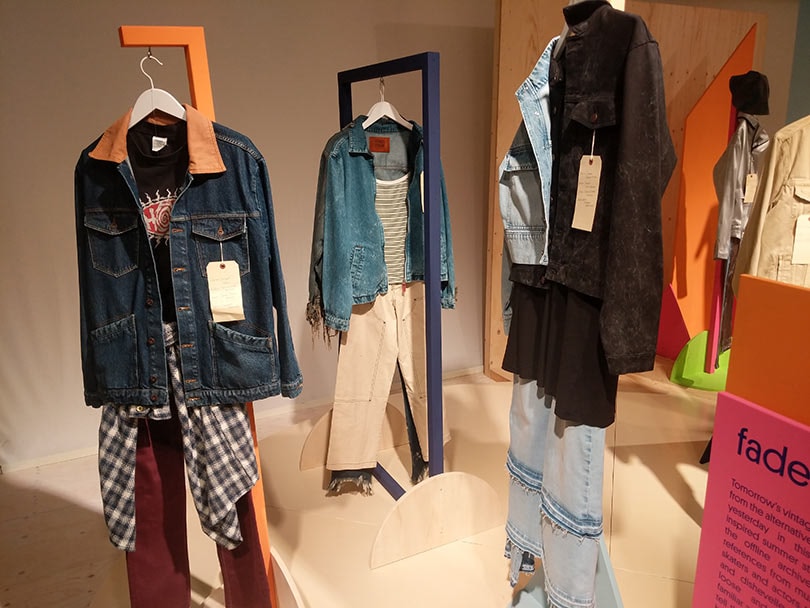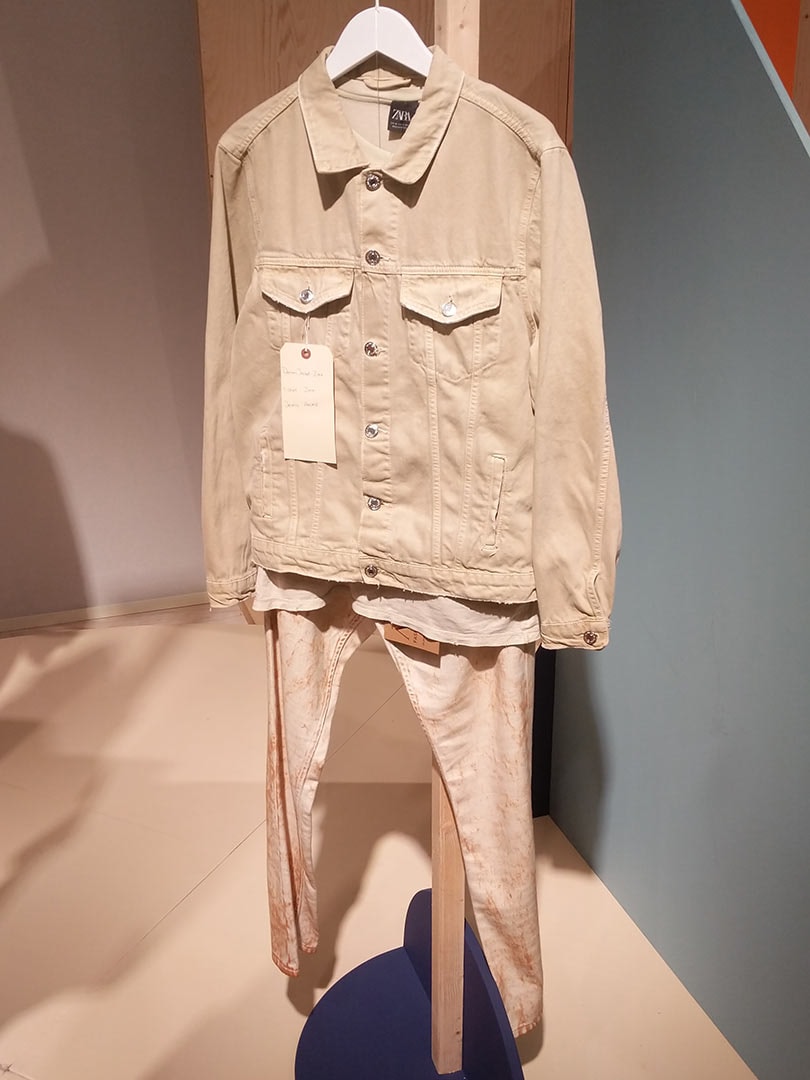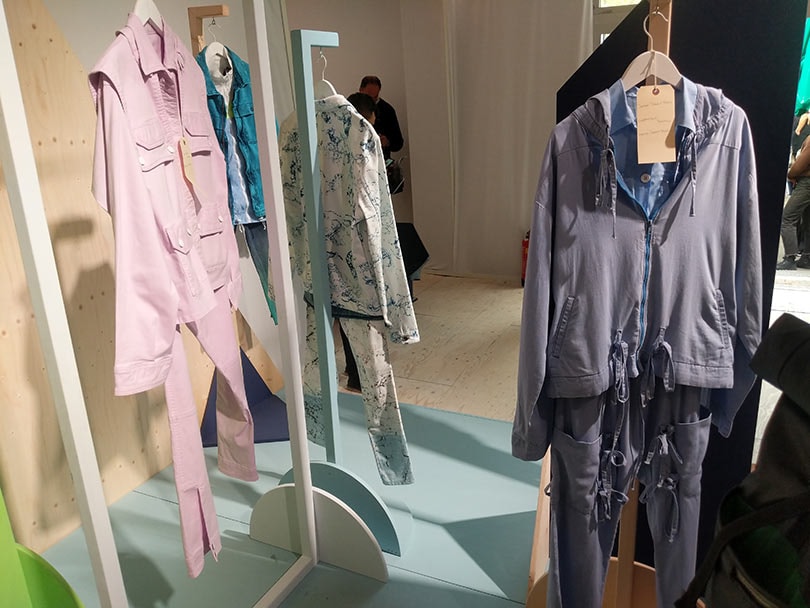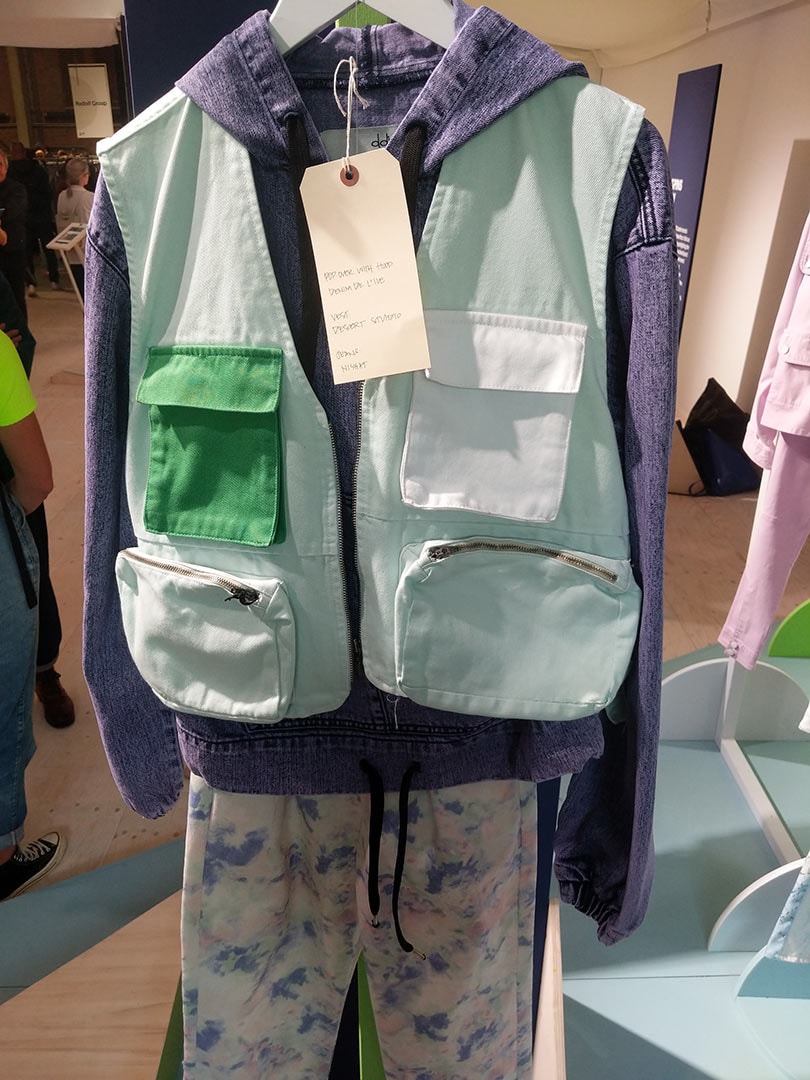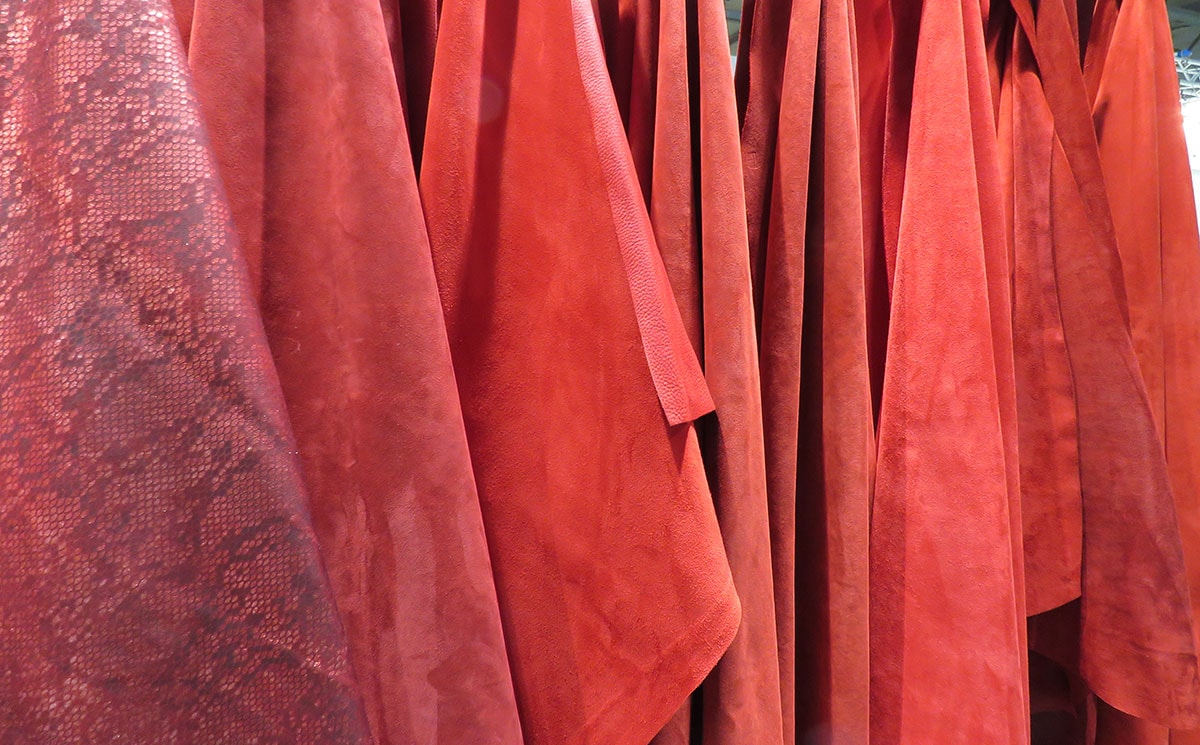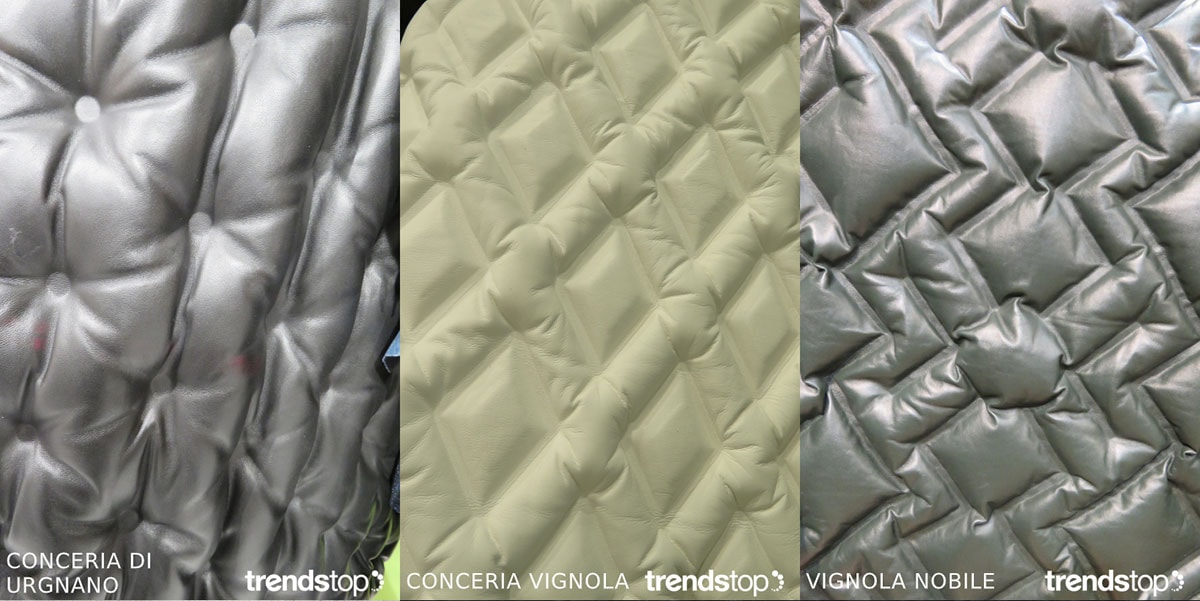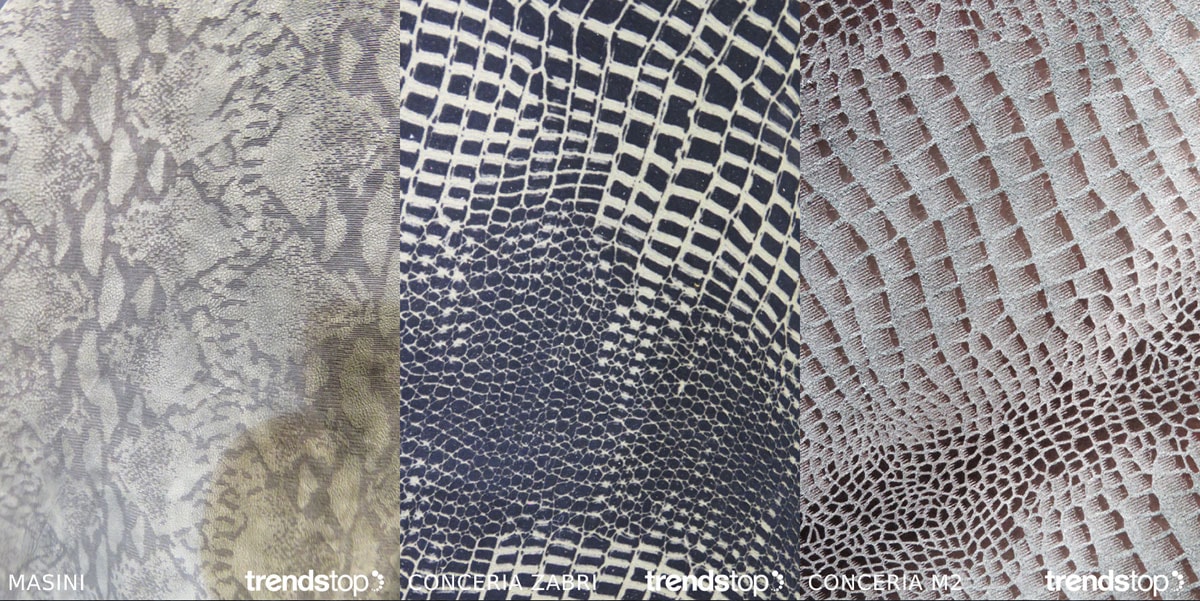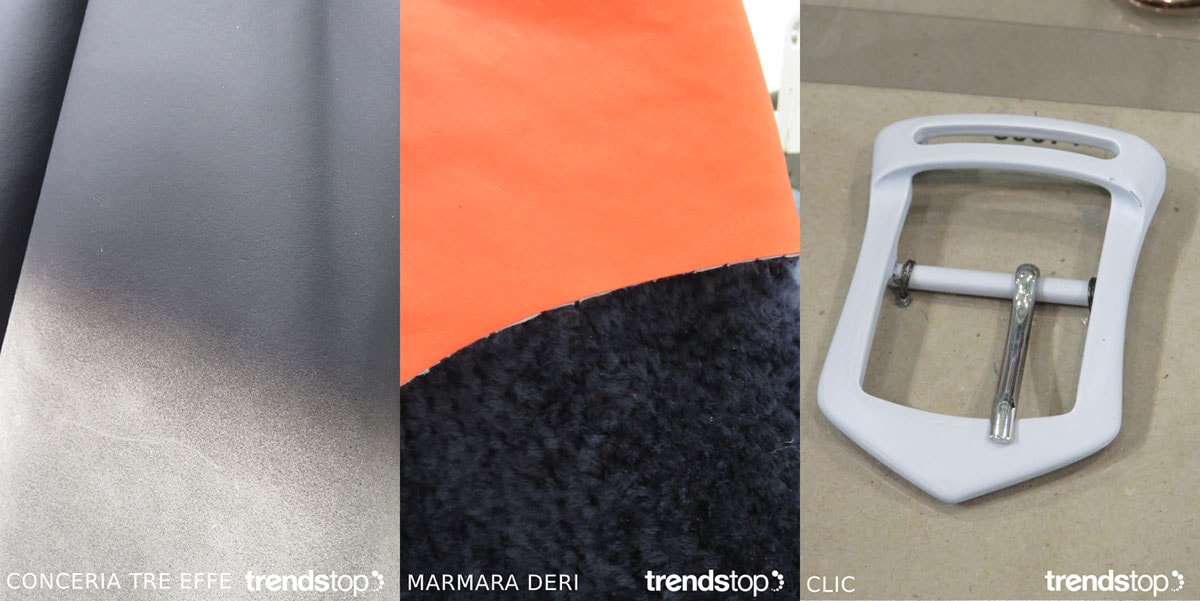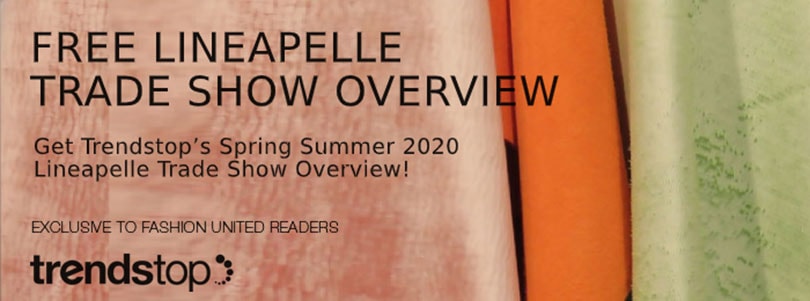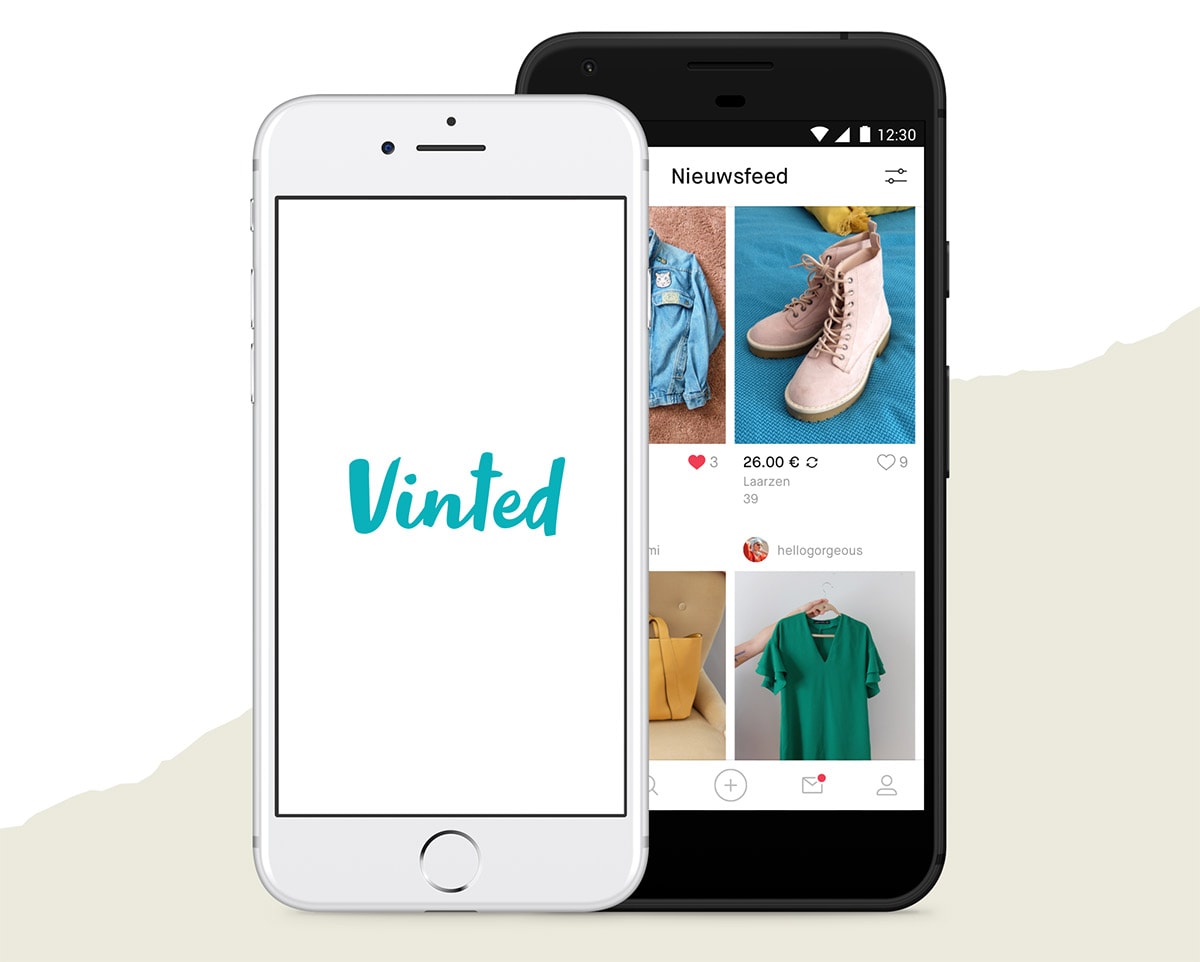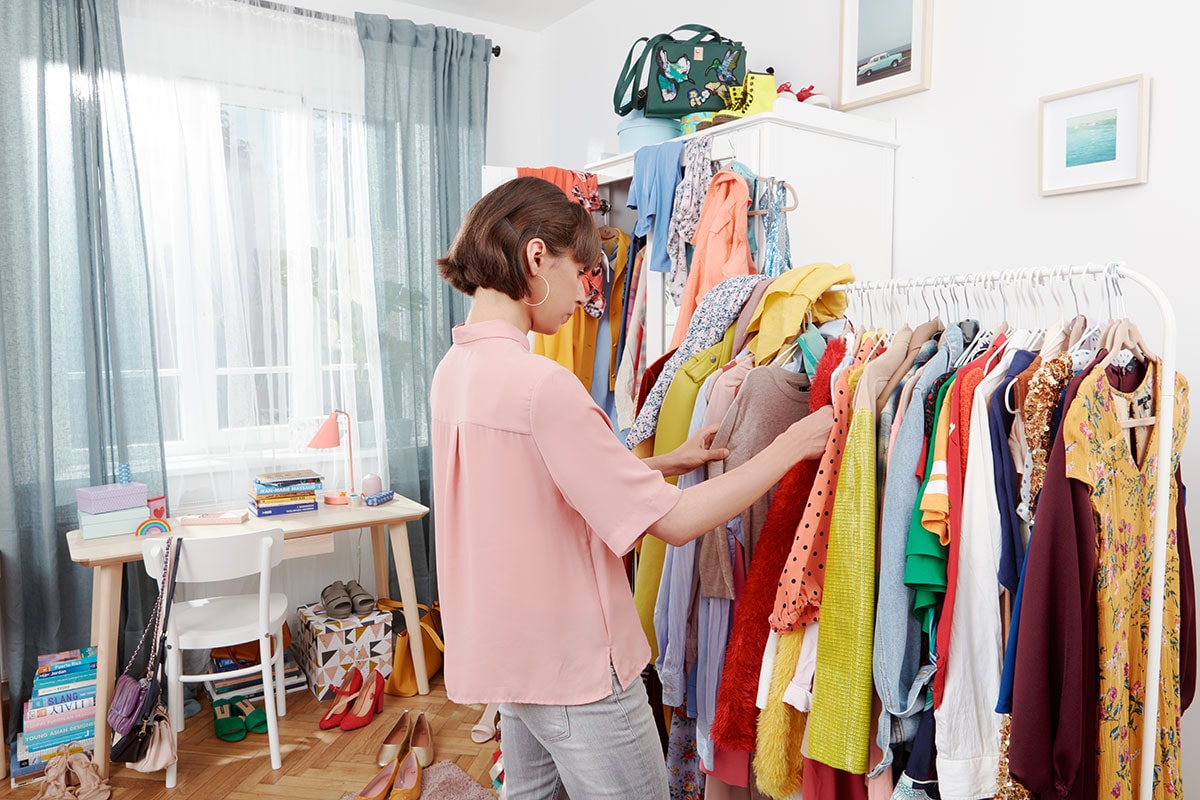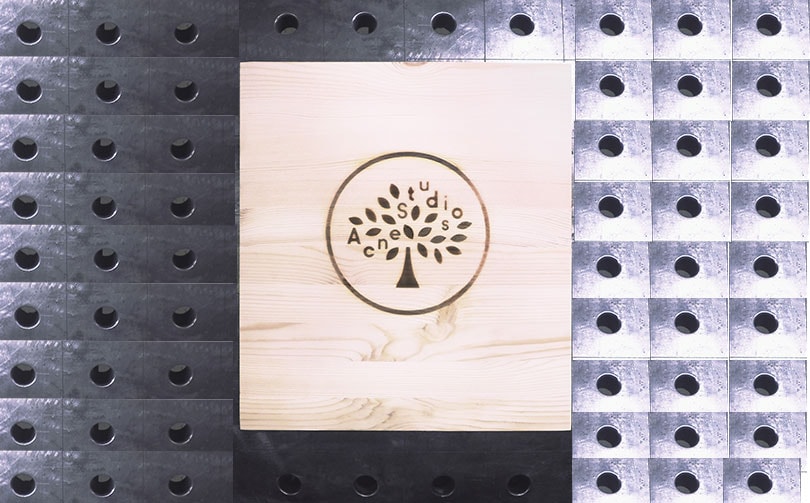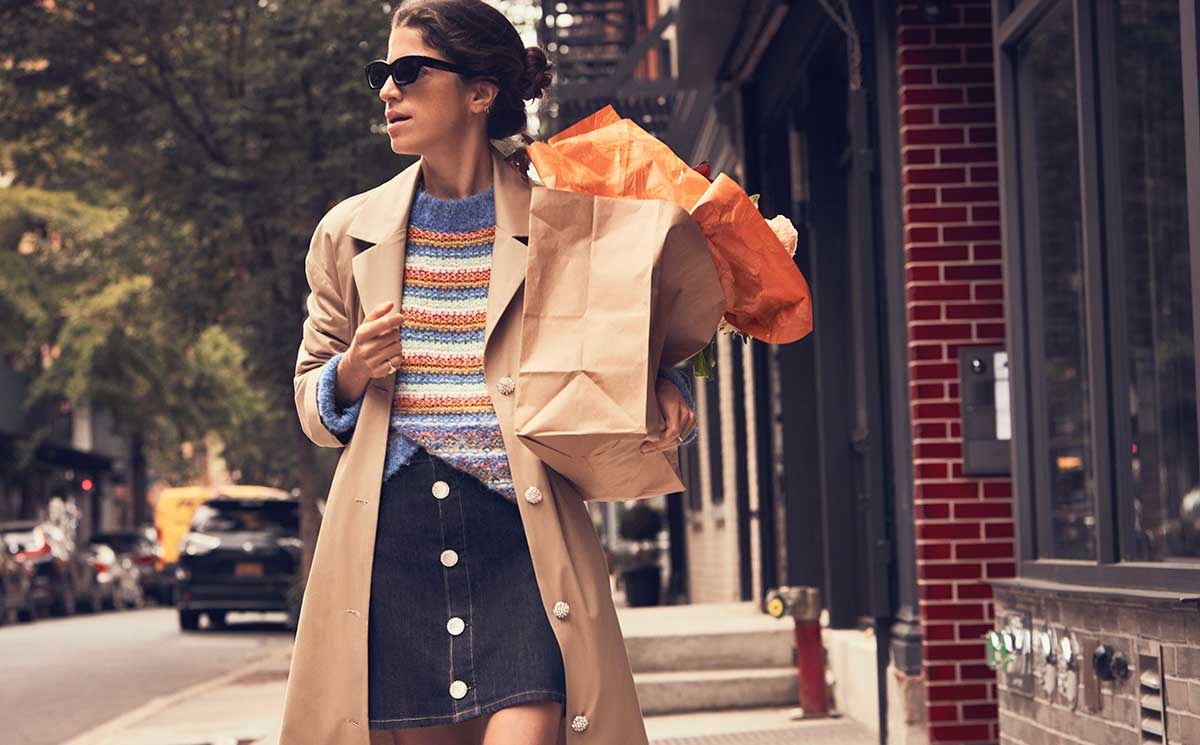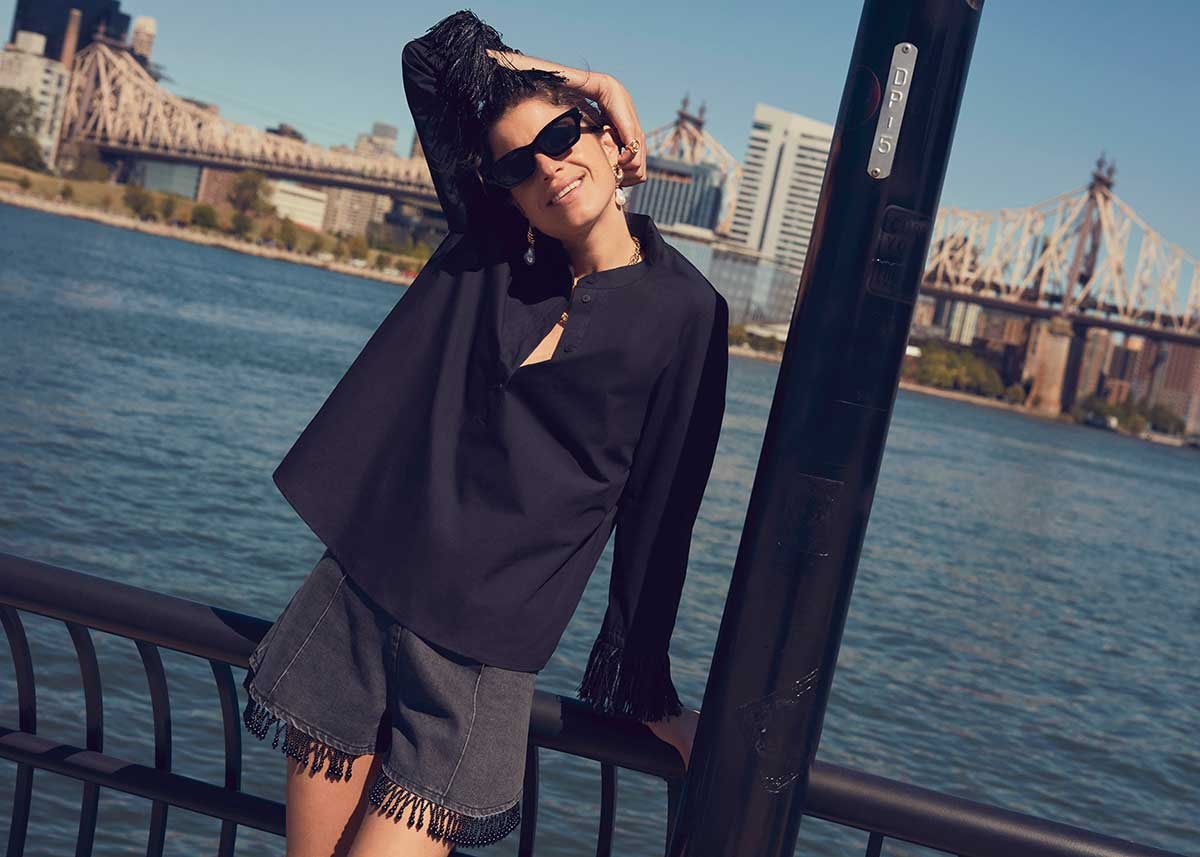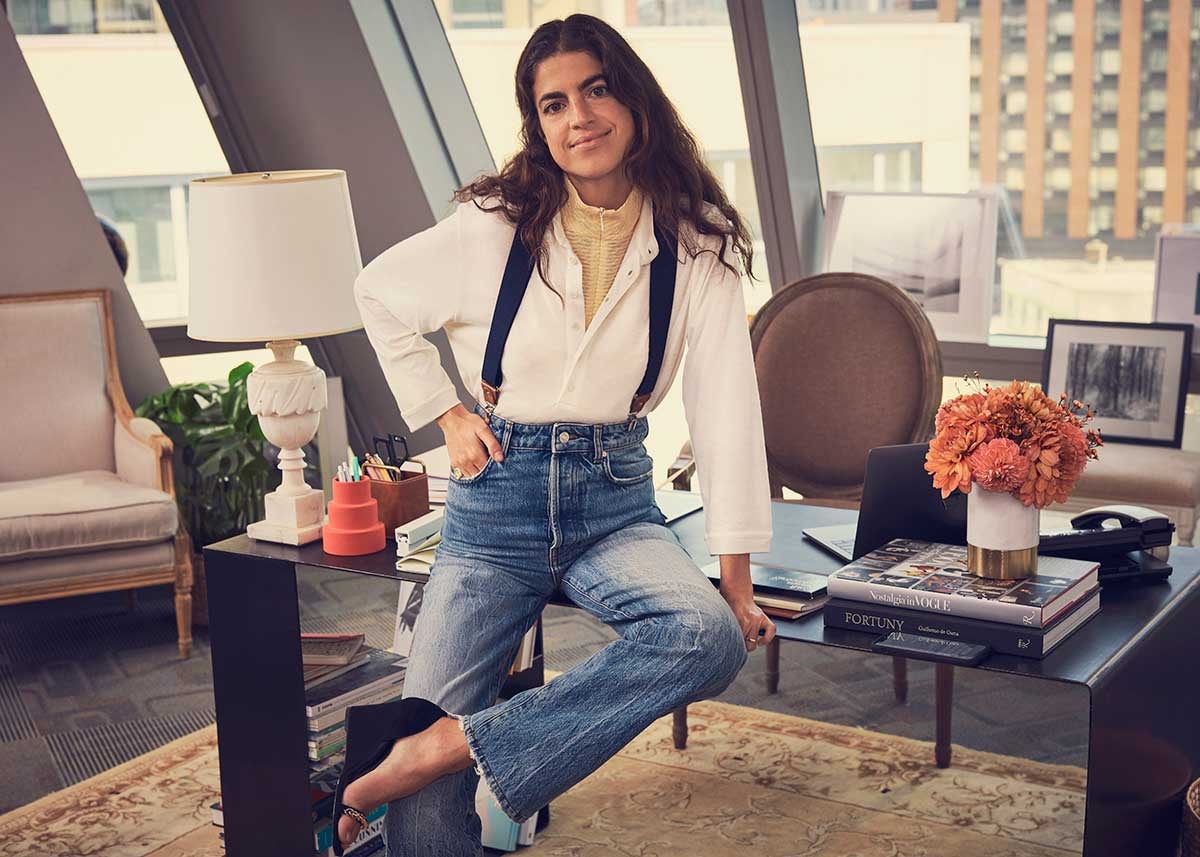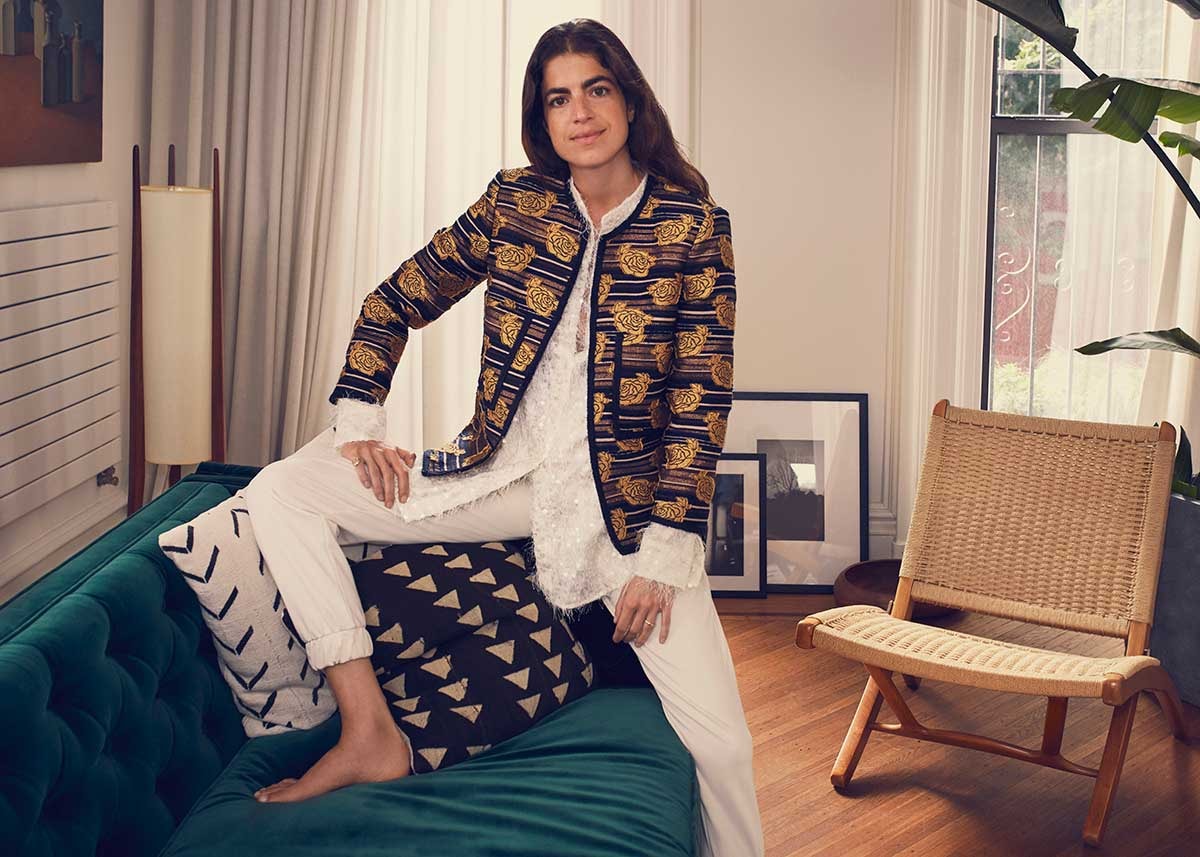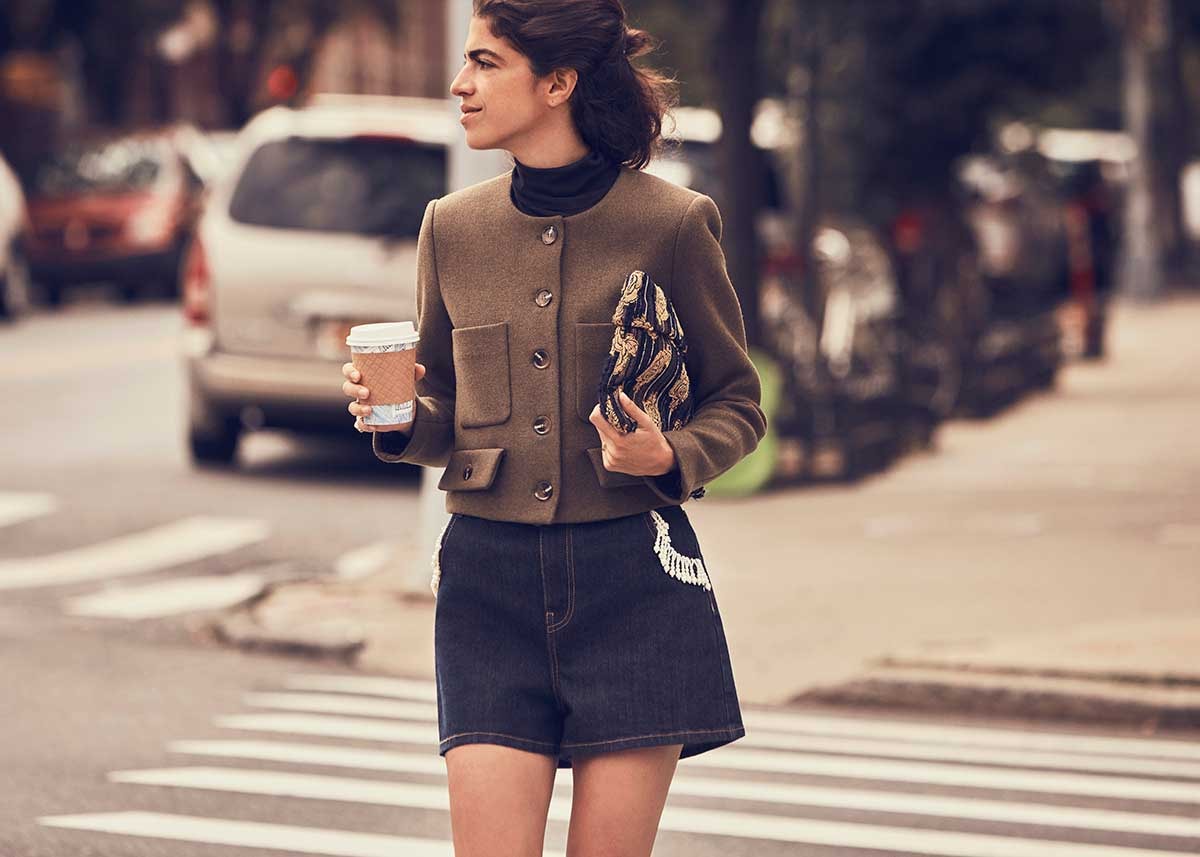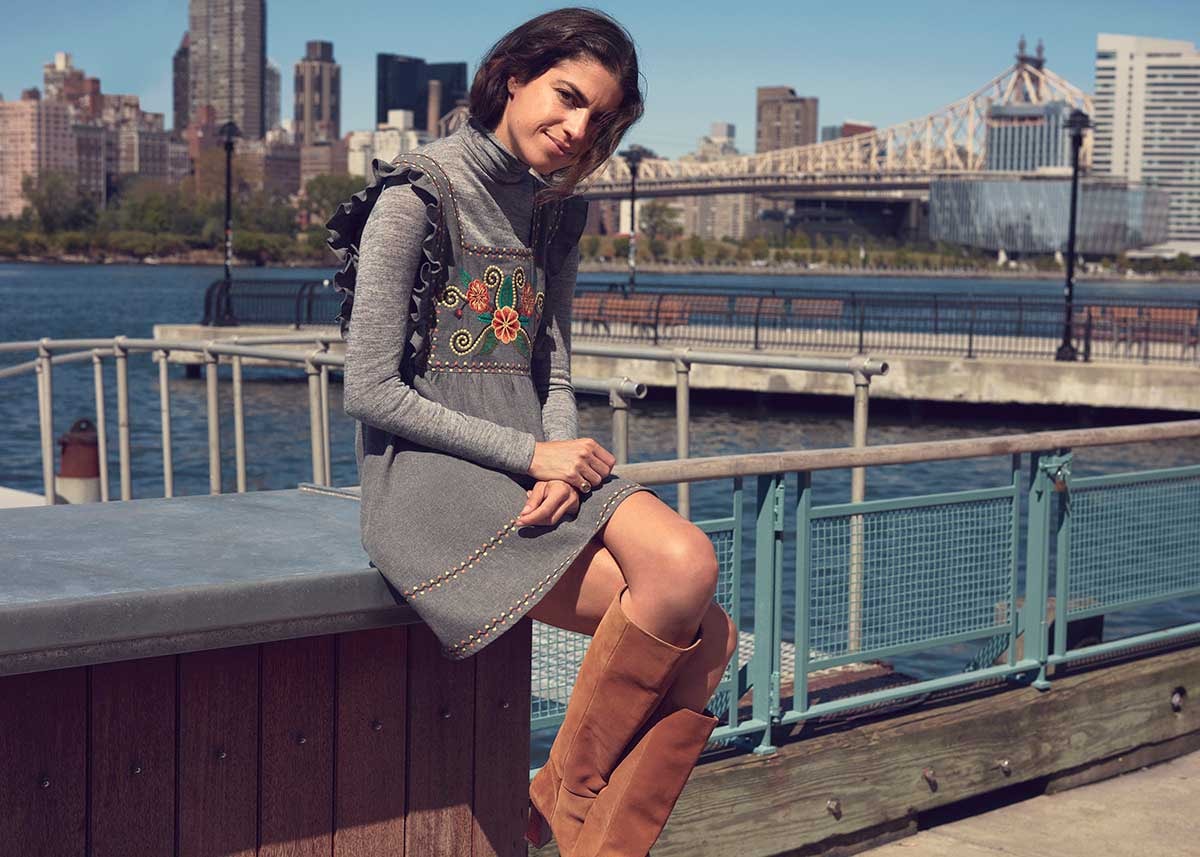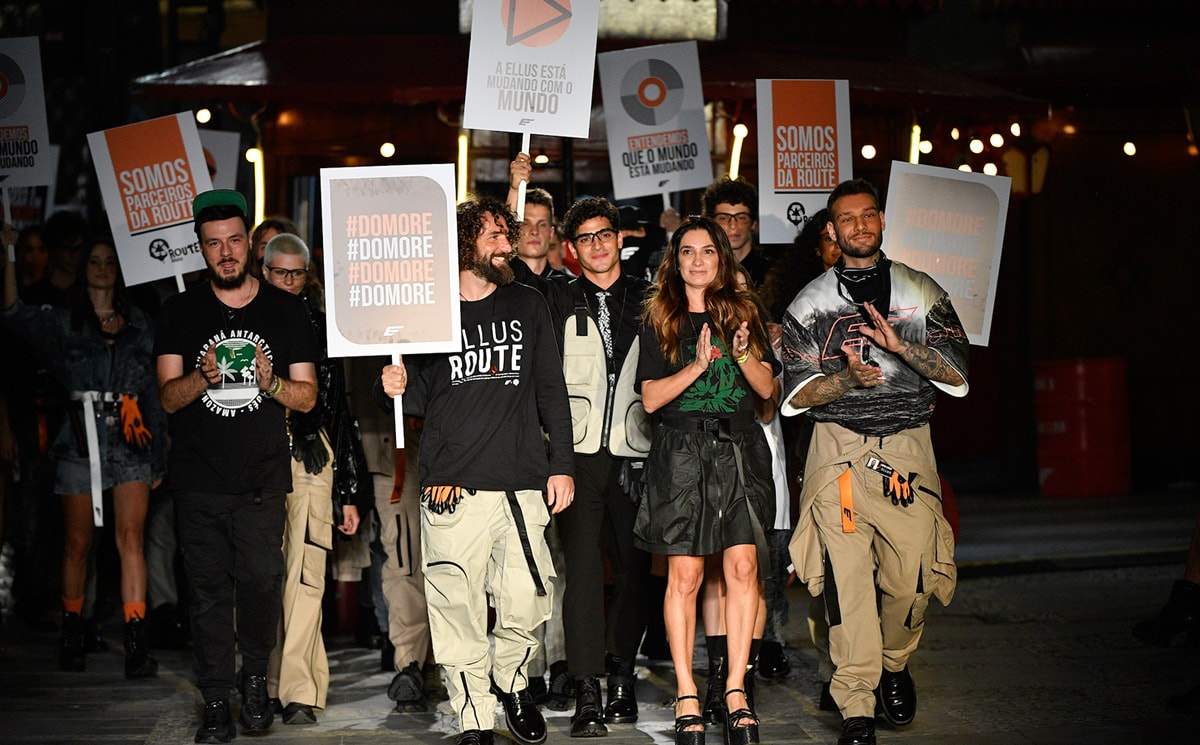
São Paulo - The 48th edition of São Paulo Fashion Week, which closed on 18 October, took place at the Brazilian Cultures Pavilion, in Ibirapuera Park. Looking back, we can conclude that many brands presented a similar idea: more sustainable fashion, supported by the upcycling of materials. At the same time, more attention was paid to ethnic and physical diversity: many ‘real people’ participated on the catwalk and for the first time a transgender man, the Brazilian, Sam Porto, walked the runway during the event. Accessibility also had a say: in a partnership with the city of São Paulo, through SMPED - Municipal Secretariat of People with Disabilities - São Paulo Fashion Week provided an audio description of the Greenhouse Project presentations for the visually impaired.
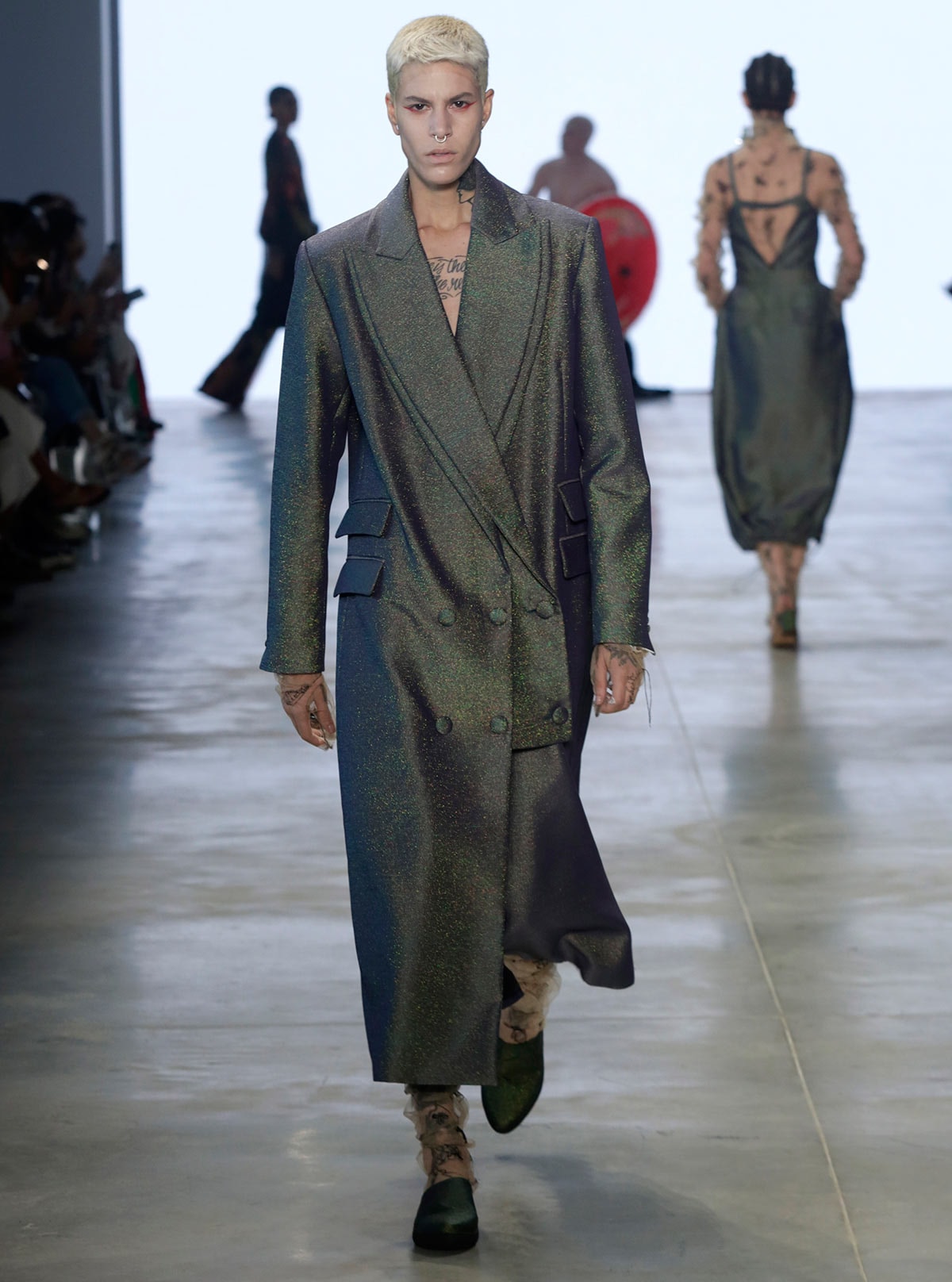
After the disappointing previous edition, when the event location was too far away from the city center and the surrounding area rundown, the loss of top brands participating and the tragic death of model Tales Cotta, the event returned to Ibirapuera Park, which was easier to access and where the number of presentations was reduced resulting in a more coherent program. There were 26 against 35 catwalk presentations during the last edition, but we must bear in mind that beachwear brands only show once a year. The Greenhouse Project brought six new designers, some already present in the last edition, like Korshi and Victor Hugo Mattos.
Recycling on the agenda
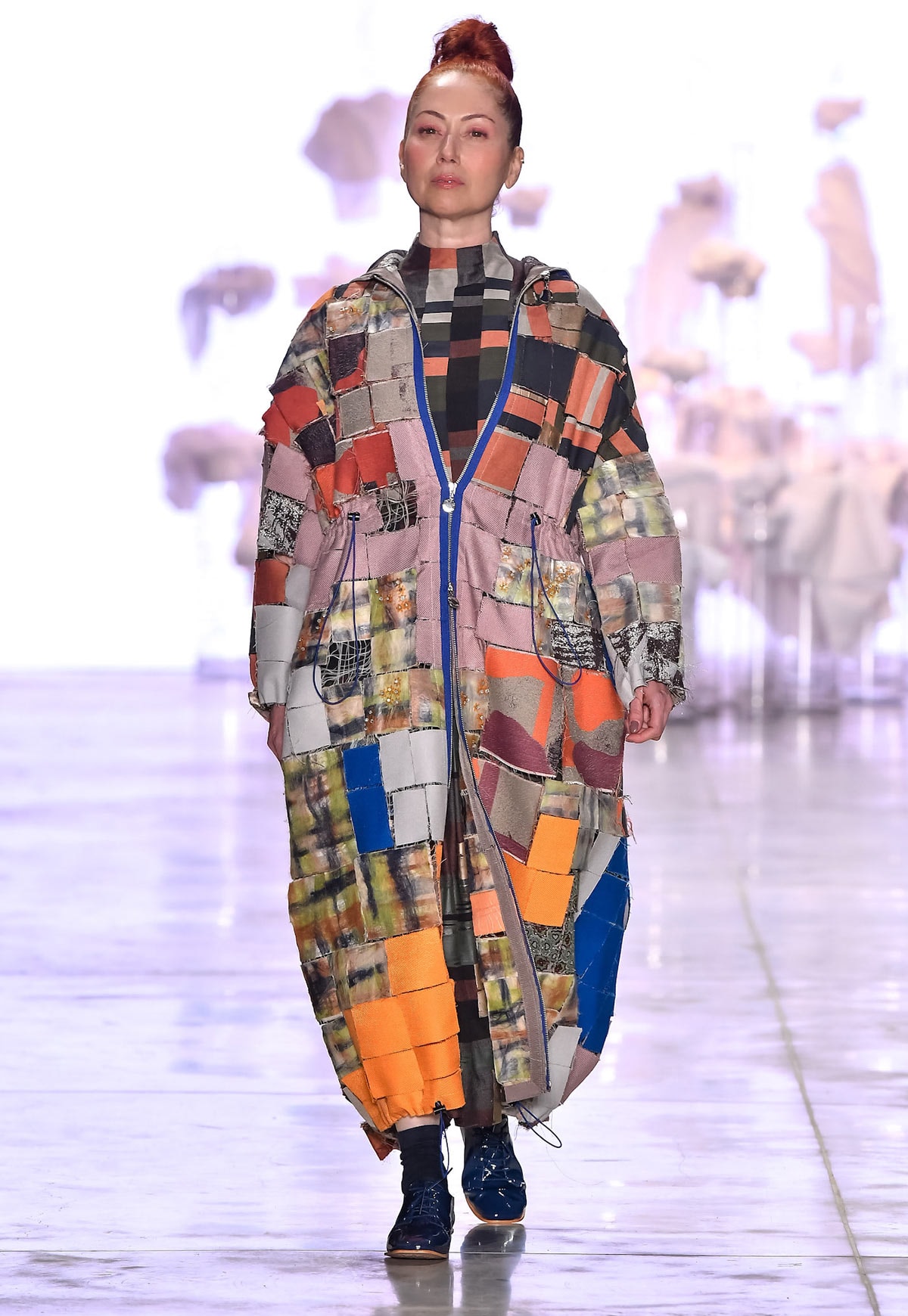
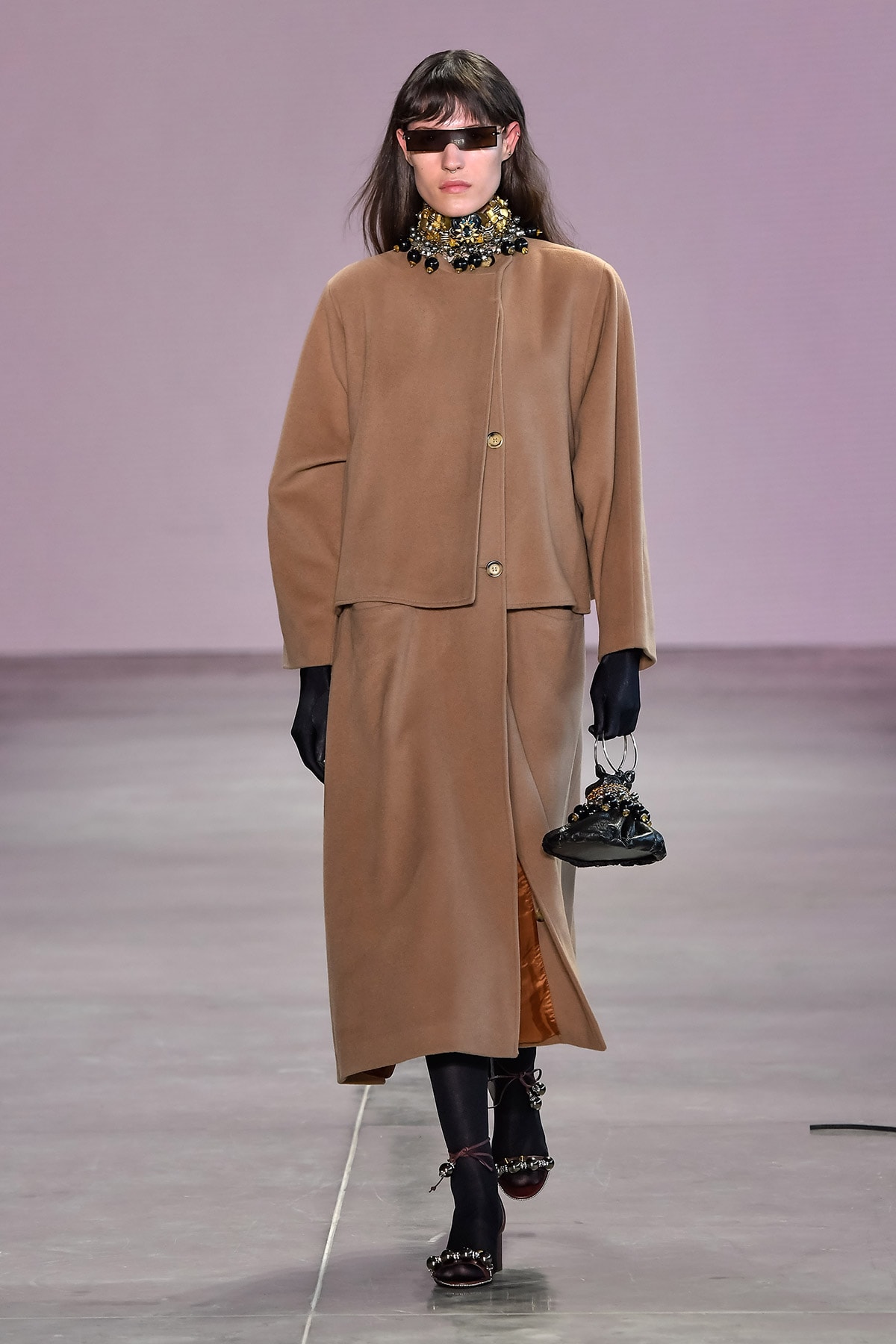
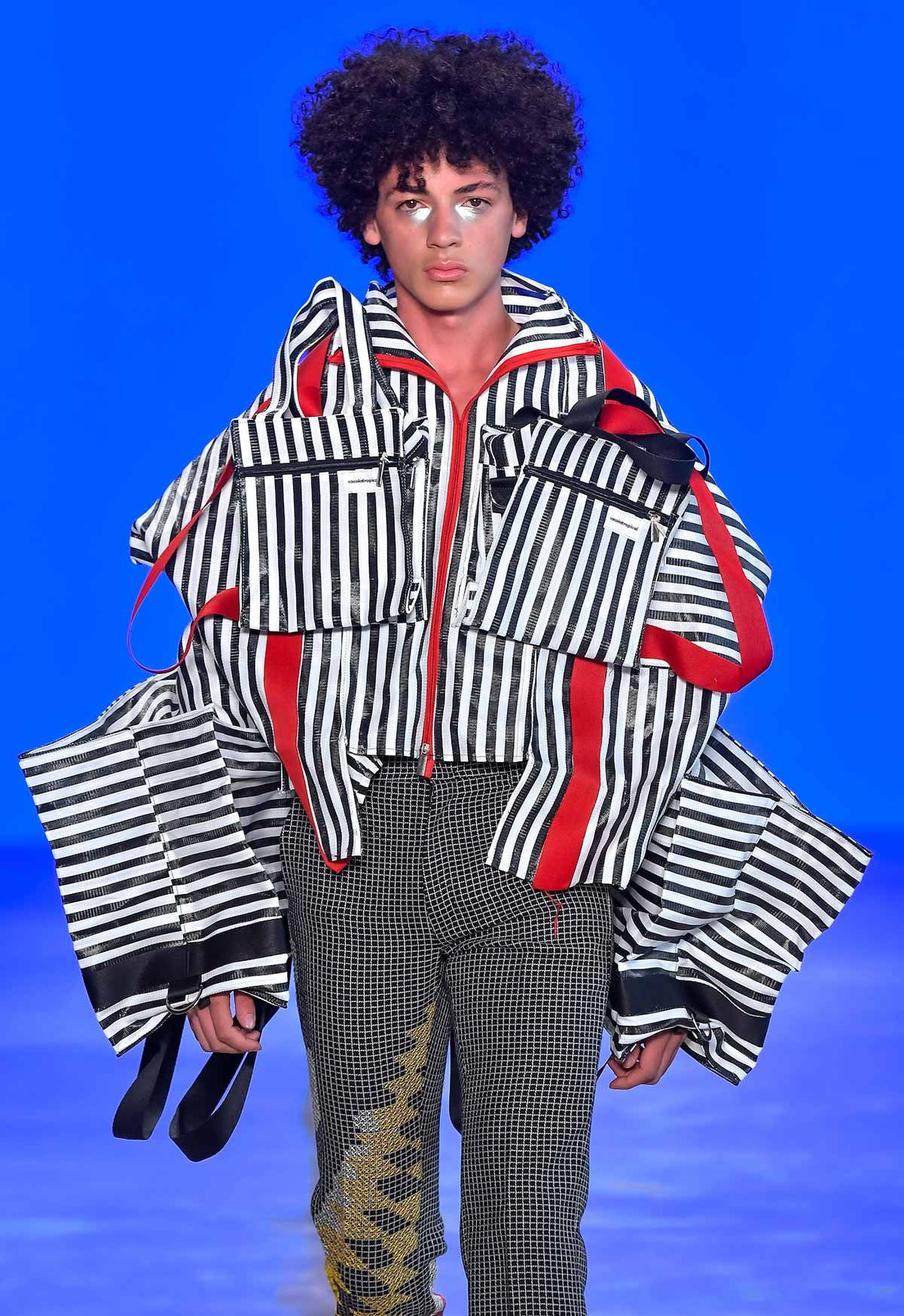
The need to rethink environmental issues has led many designers to look for a different way to (re)use materials. Fernanda Yamamoto took advantage of the ten-year celebration of the brand and built a collection from 300 garments from all previous collection presentations. “It was a challenge to resuscitate the past and give new meaning to everything that represents our history; it was also an exercise in criticism, detachment and testing of new possibilities,” said Yamamoto to FashionUnited. There were items with collars, waistbands, pockets and other parts of hundreds of other garments resulting in different but not less wearable looks. Womenswear brand Victor Hugo Mattos reused tailor-made garments and with that developed a new perspective with lush embroidery. At the same time the brand used crochet with light feminine touches and embroidery. Fernando Miró, from Mipinta, worked in the Greenhouse Project with other ready-made articles, including bags, transformed into a jacket. “I often say that Mipinta is more than a brand; it is a research lab and we are now in the process of rethinking our principles in the fashion world,” explained Miró.
Functionality and timeless luxury
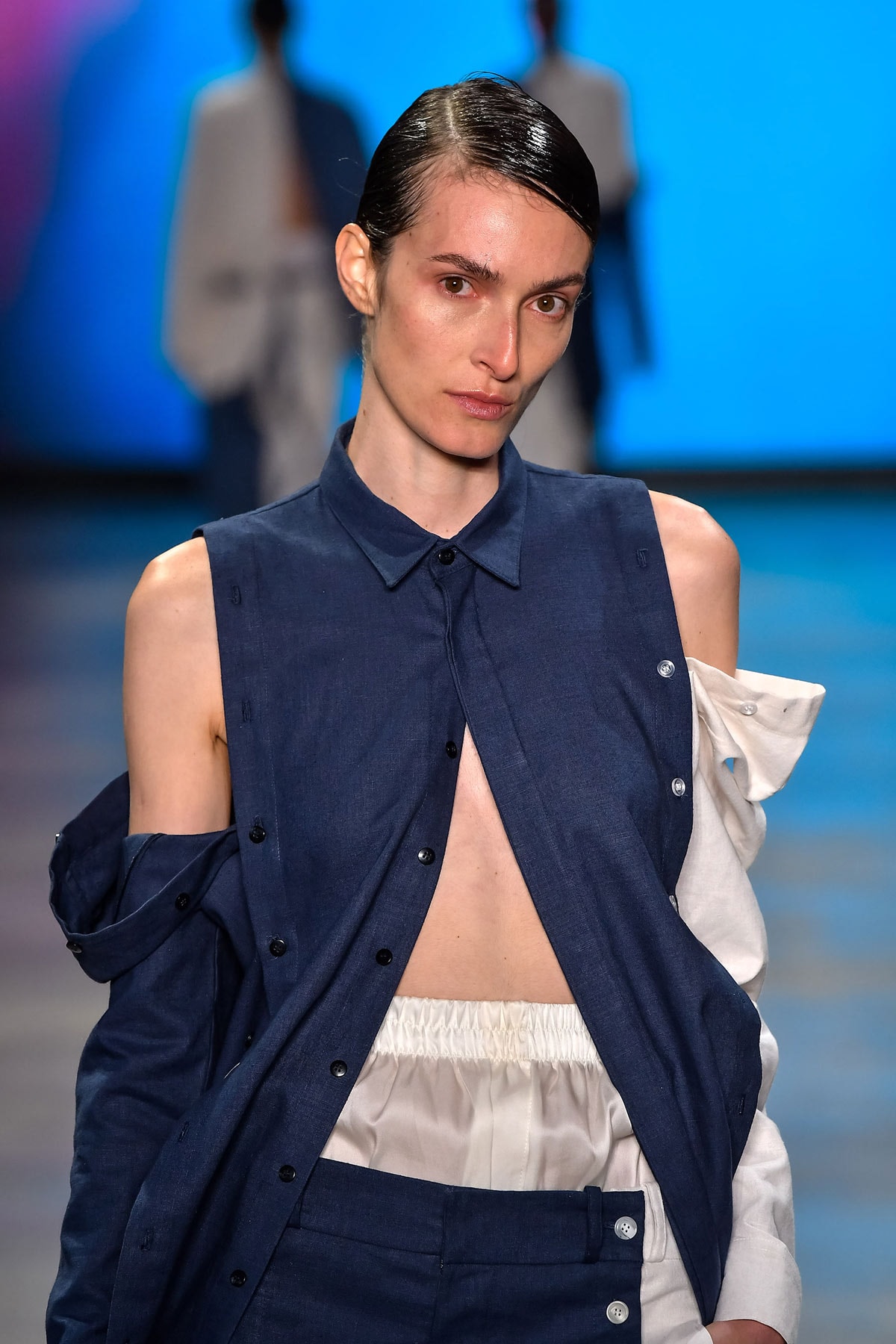
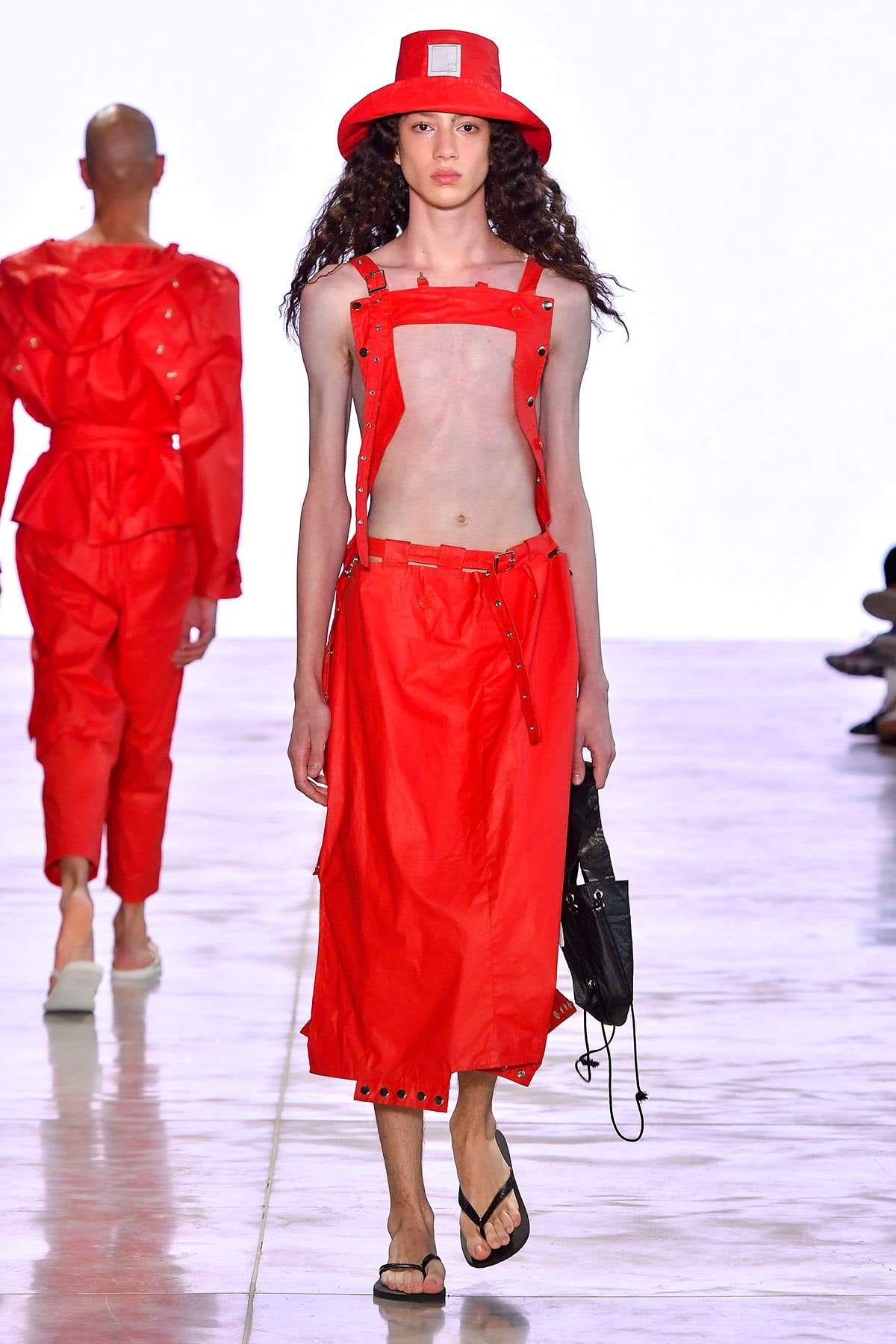
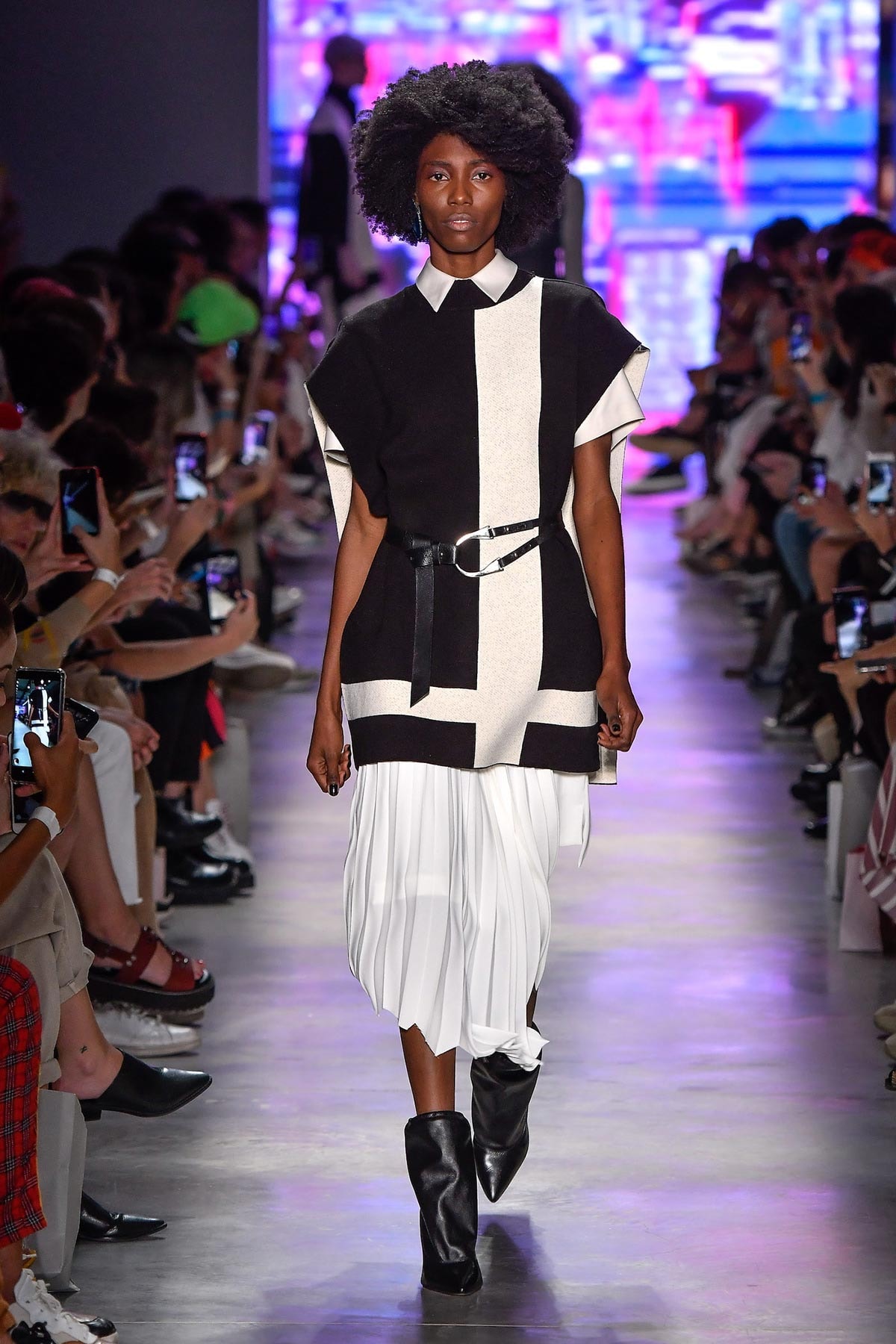

Most of the collections brought functional elements such as utility pockets, cut-outs with zips (enabling garments to be transformed, such as João Pimenta's overalls, whose legs contained side seam zips, that could be transformed into skinny or baggy leg trousers and also into garments with buttoned sleeves). This feature was present at Ellus, which brought a whole urban vibe in trousers, skirts, overalls, furs and jackets, with looks from the 1990s. Korshi's Greenhouse utility garments, that could be used in many different ways, continued as more of an extension of the previous collection. With Modem the double-sided knitted garments and with Lucas Leão the parkas with cargo pockets are worth highlighting.
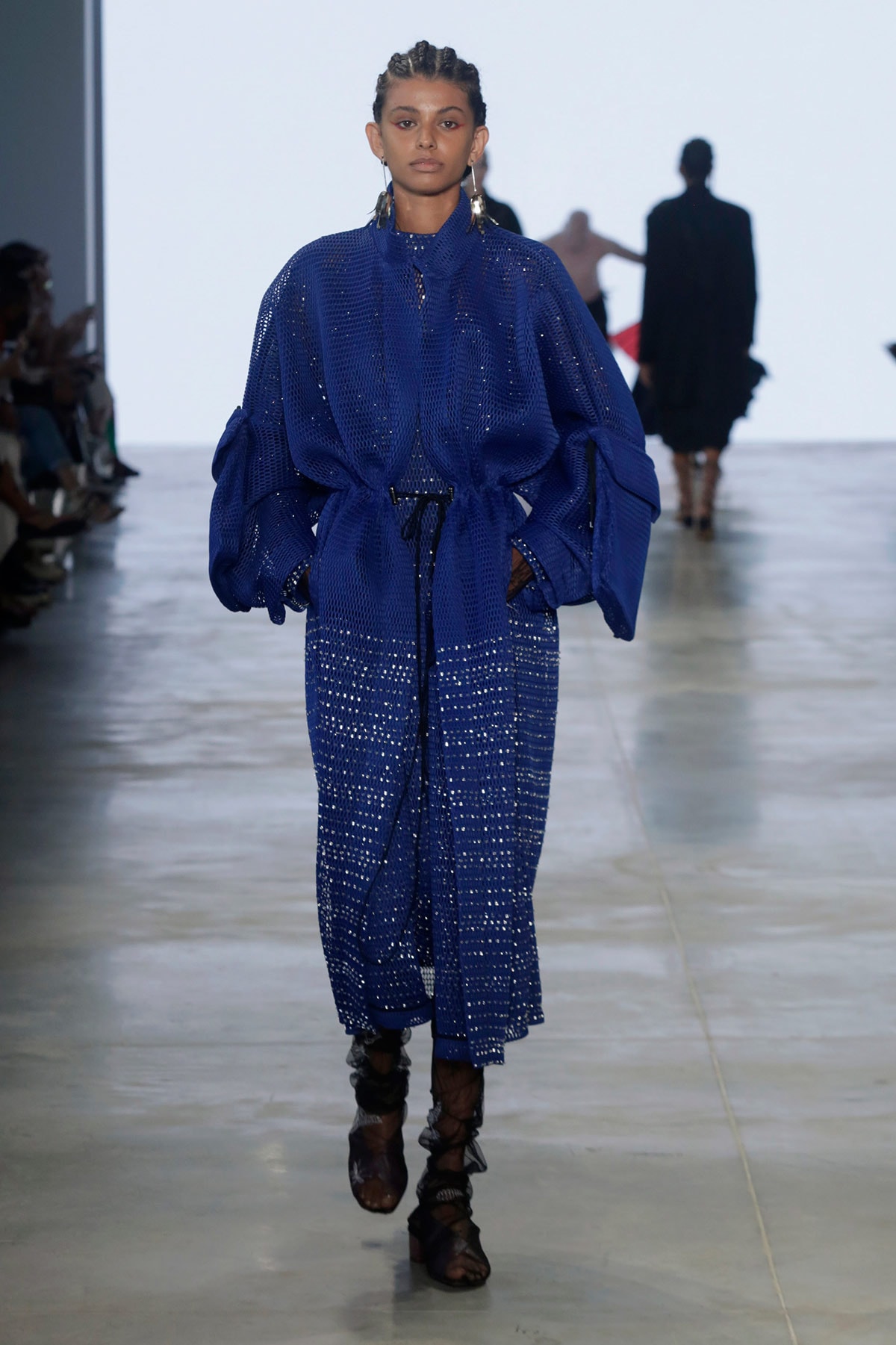
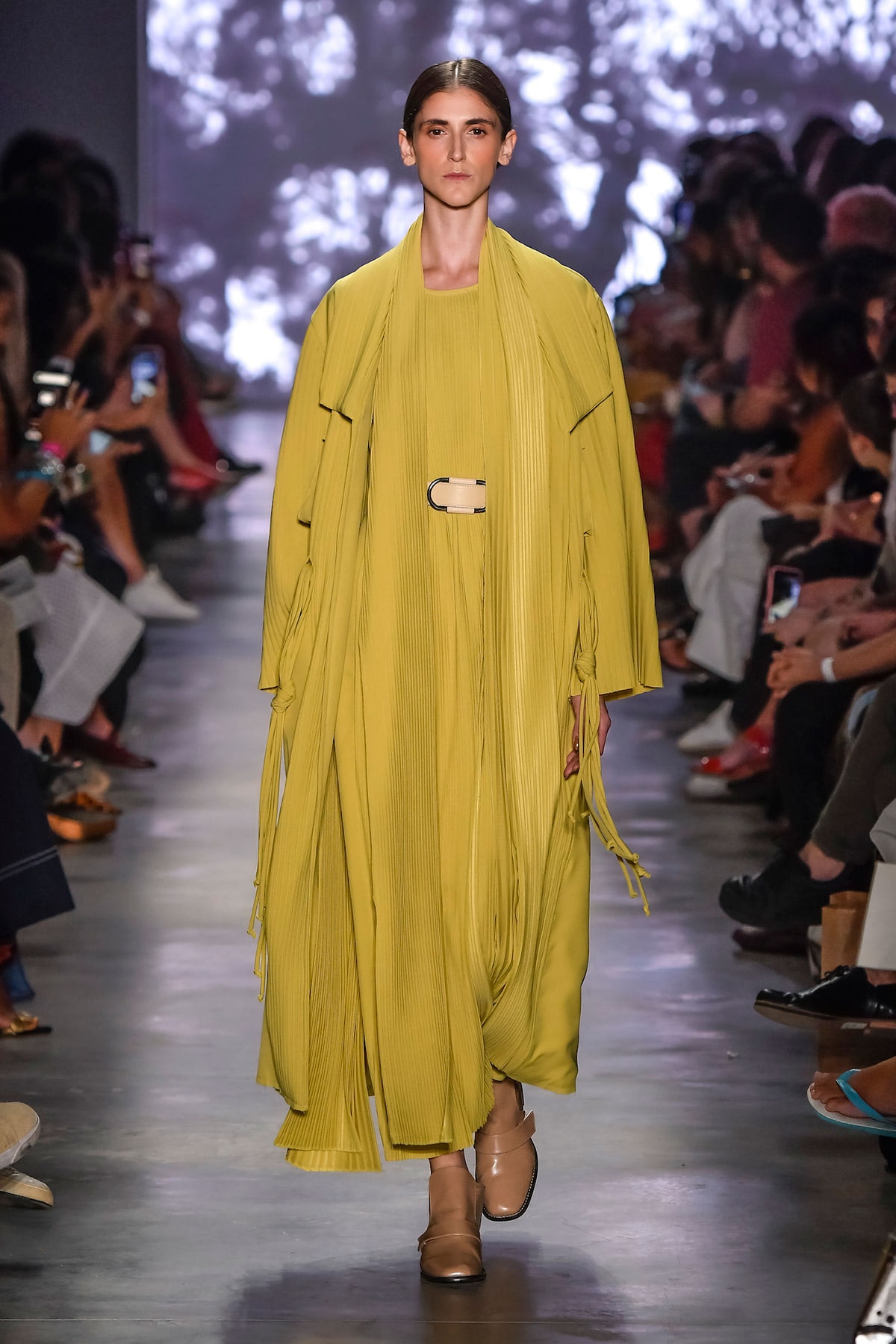
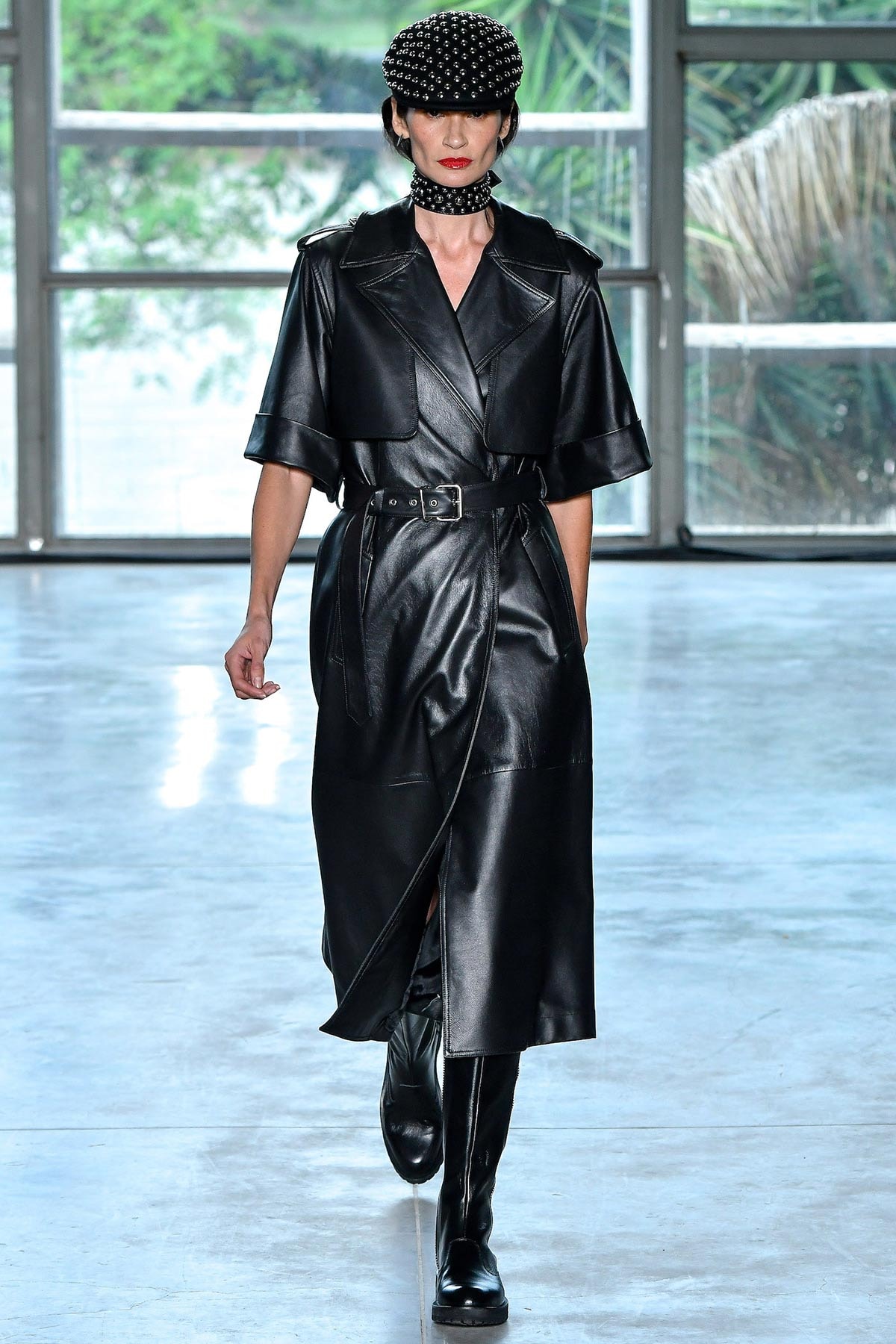
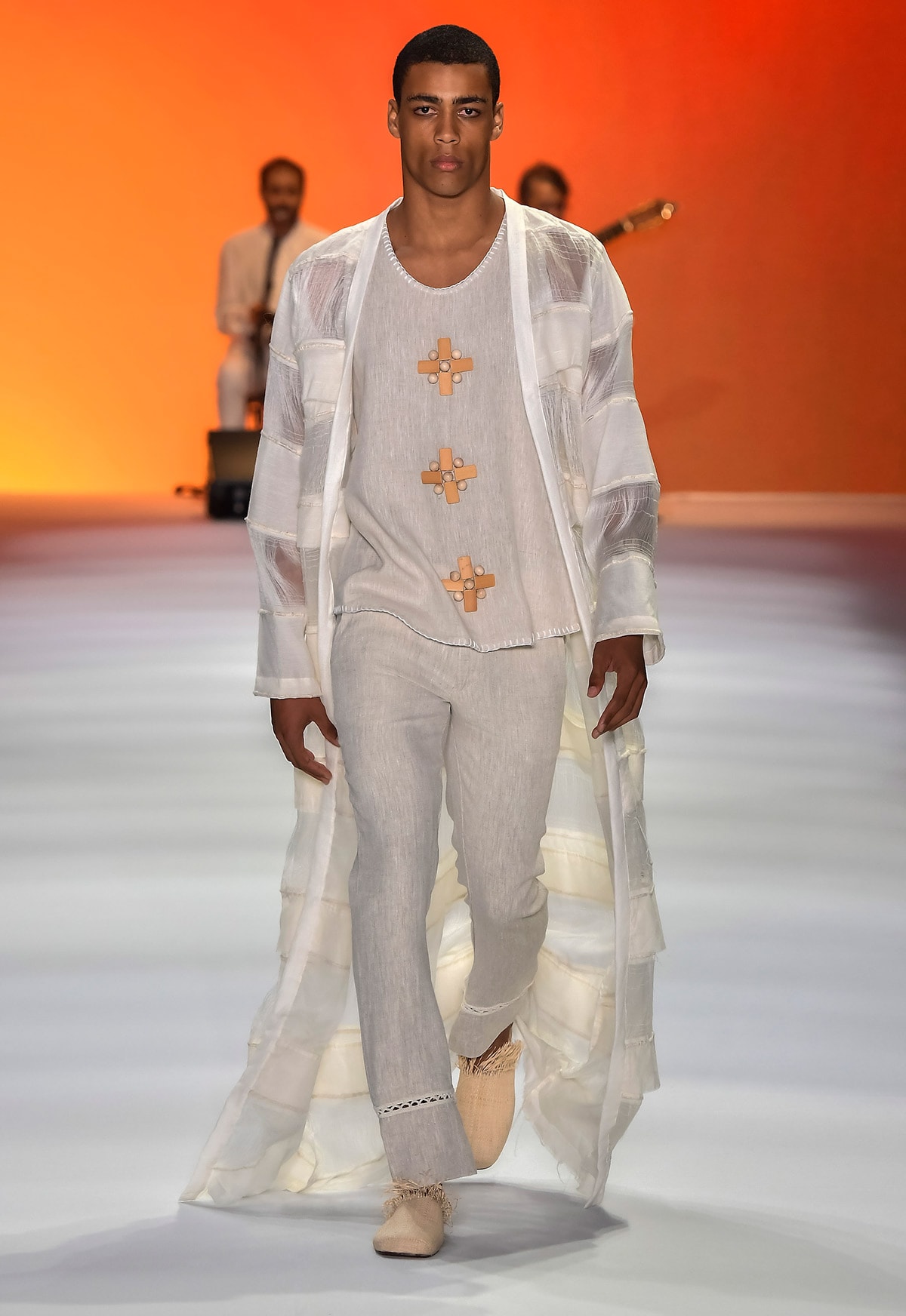
On the other hand, Beira's large, well-cut looks of long-sleeved trousers and shirts, the overlapping canvas garments in Apartment 03, and knitted pleated garments in Neriage brought just the right amount of timeless sophistication. Hundred also showed lightweight garments on the catwalk, with flowing fabrics, linen and comfortable models. Gloria Coelho presented a collection with perfect cuts and trims, with some dotted patterns. Reinaldo Lourenço mixed elements of English Punk that resulted in an extremely luxurious collection with lightweight fabrics, velvet and leather. Angela Brito presented asymmetrical garments in bold colours, as did BobStore. Lilly Sarti merged recurring elements into her work with refined results, transparencies, fringes and sparkles. Metallic sparkles were also a prominent feature in the collection of Lino Villaventura.
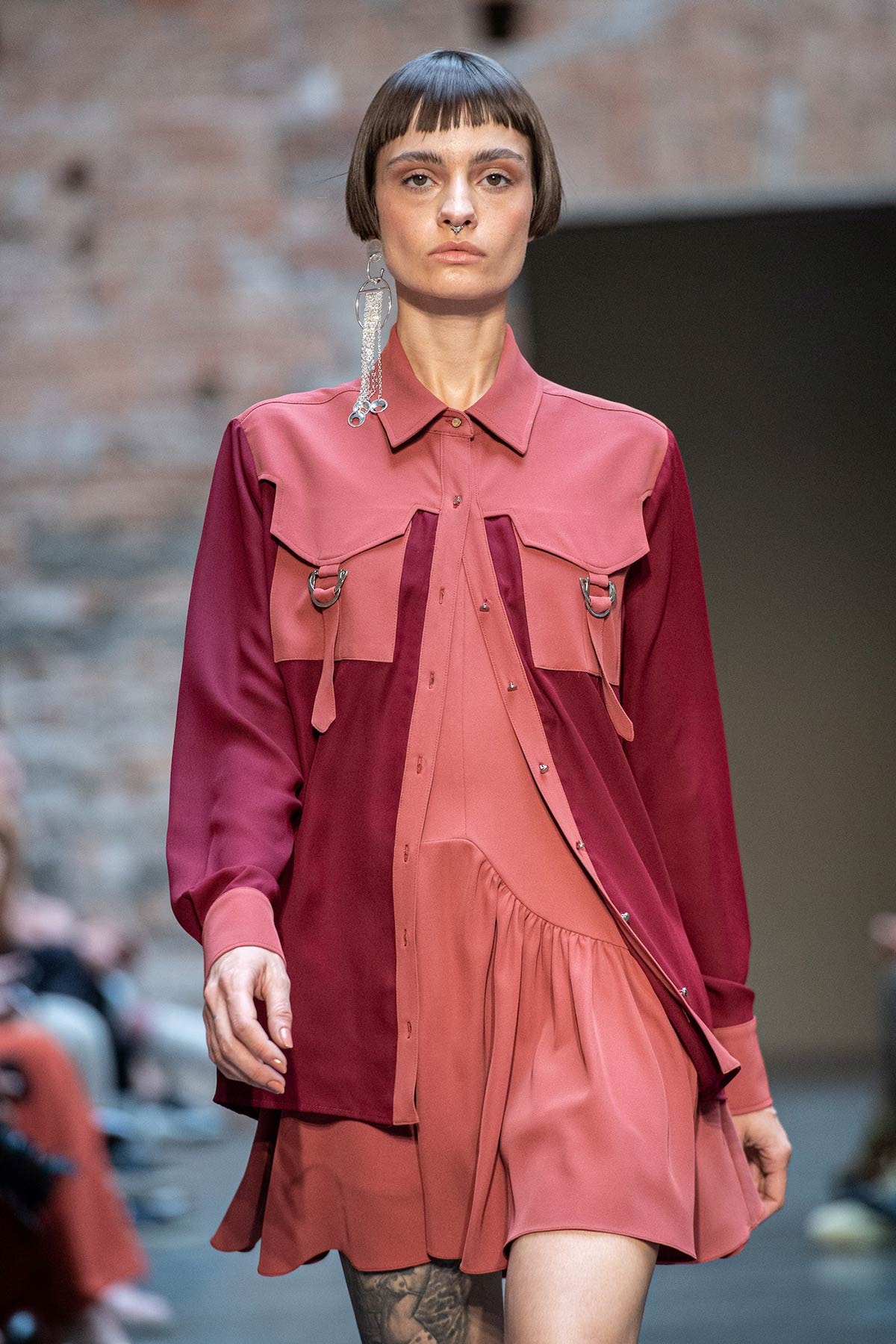
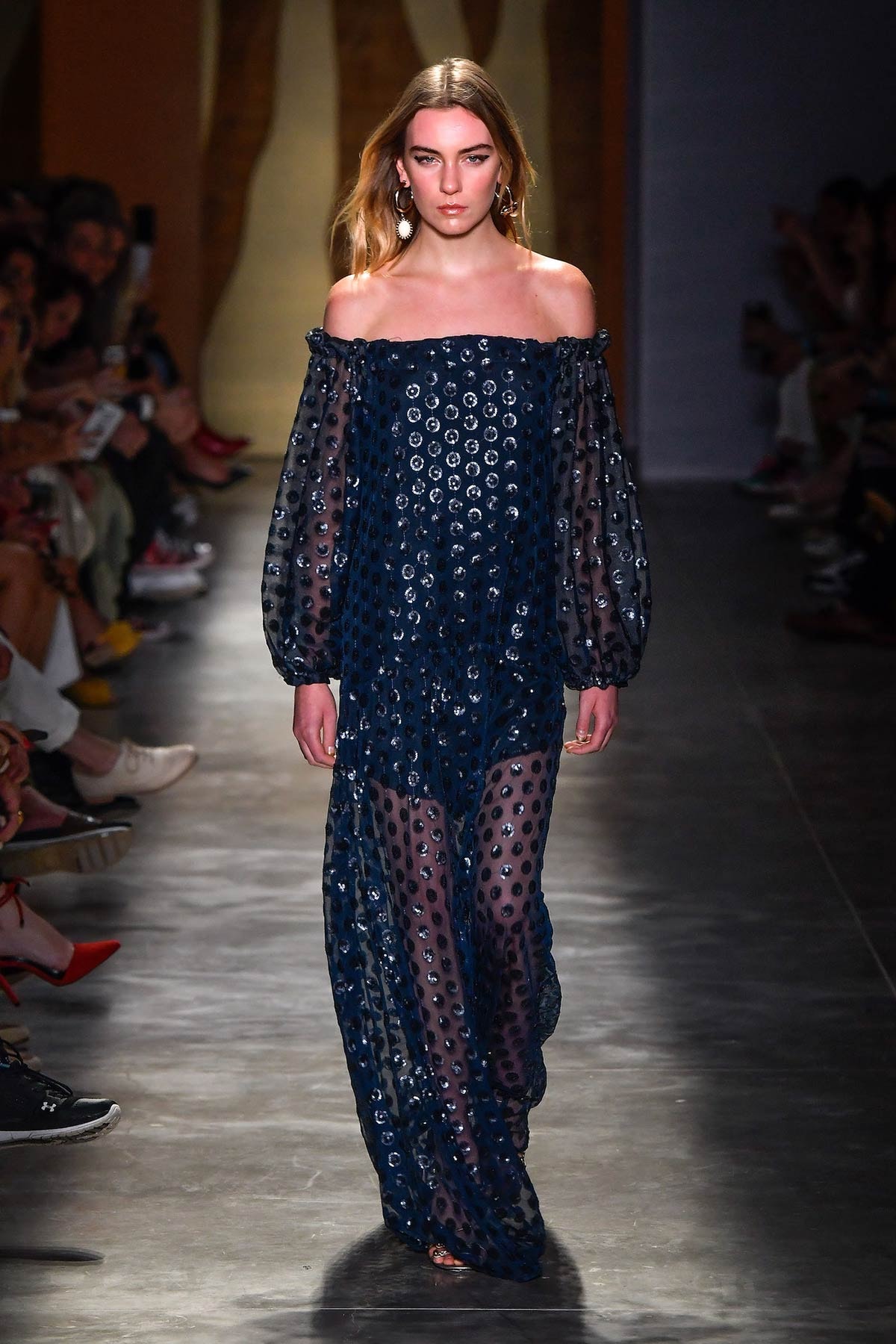
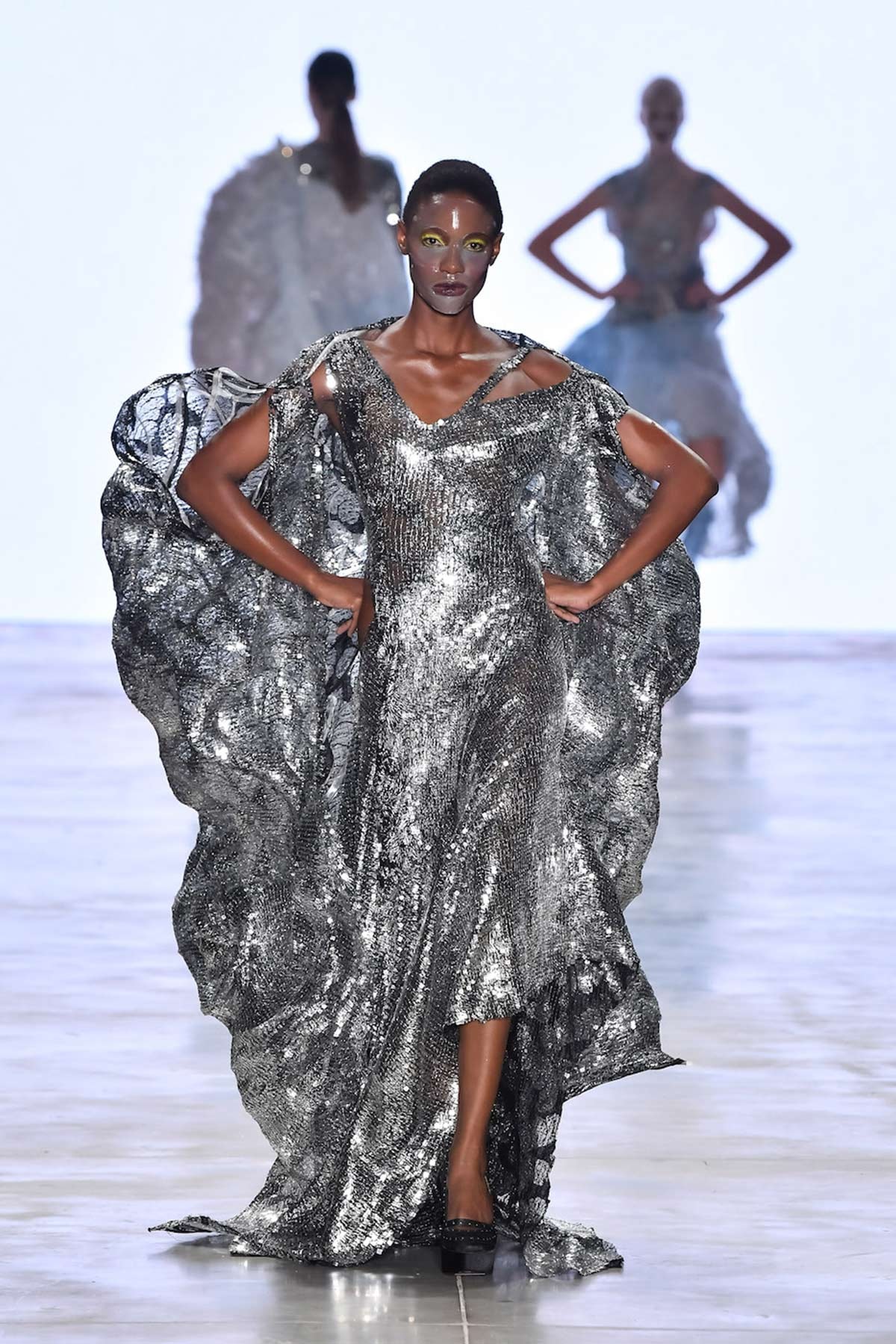
Brazilianness revisited and new presentations
Amapô, a brand that mainly focuses on jeans, was inspired by Expedito Seleiro, from the North East of Brazil, who is famous for finely crafted leather saddles, and the collection brought a lot of colour, with house-shaped pockets and north-eastern patterned jeans. Seleiro's design could be seen on accessories such as fanny packs and prints. Newcomer, Isaac Silva, based his design on Bahia and presented all-white garments with Richelieu lace work, typical of the region. Fabiana Milazzo based her theme on the countryside (specifically on the song “I want a house in the country” from Elis Regina) and presented knitted garments and wide skirts with embroidered delicate and luxurious flowers. PatBo focused on colonial Portugal, producing garments with tiled prints and local embroidery.
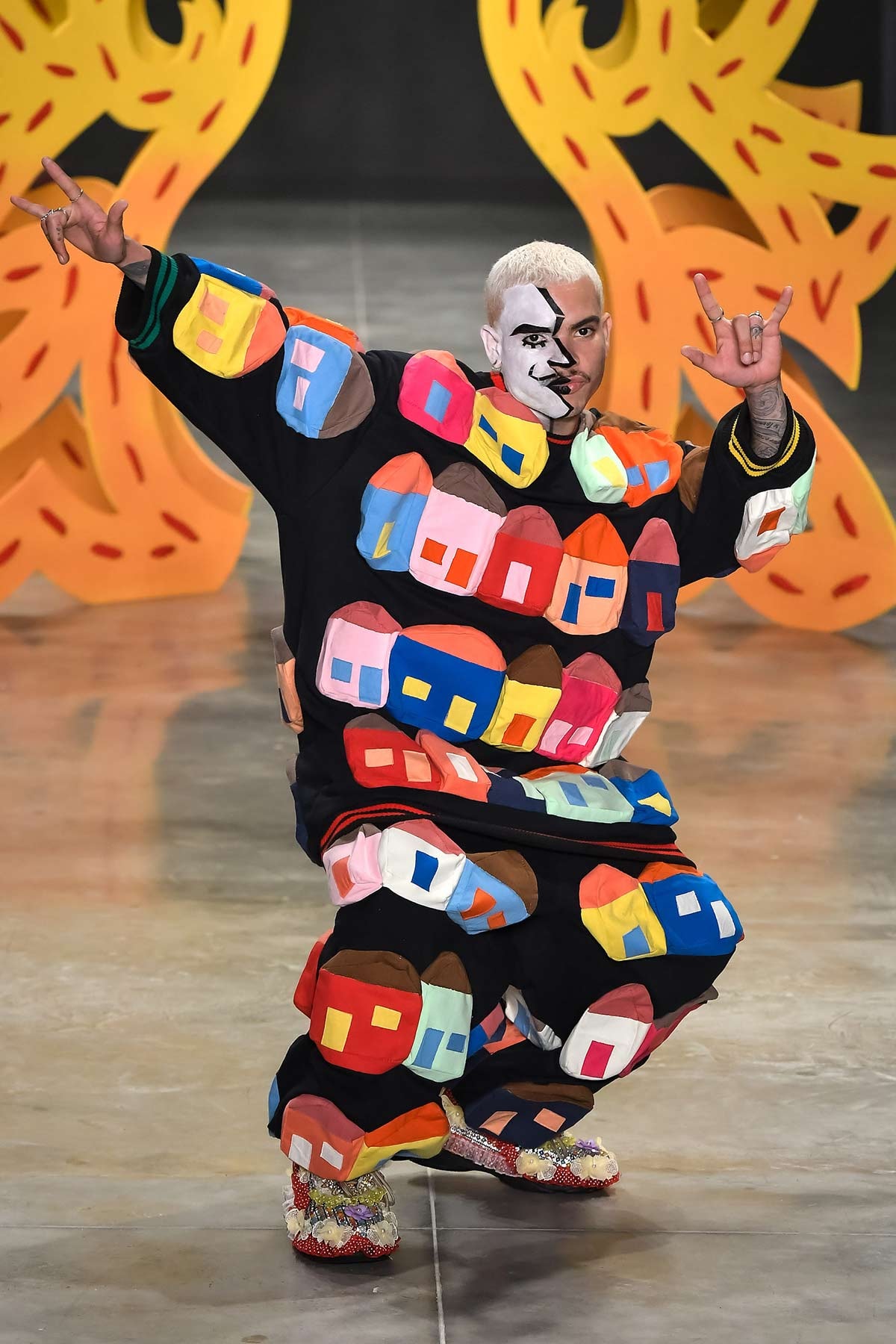
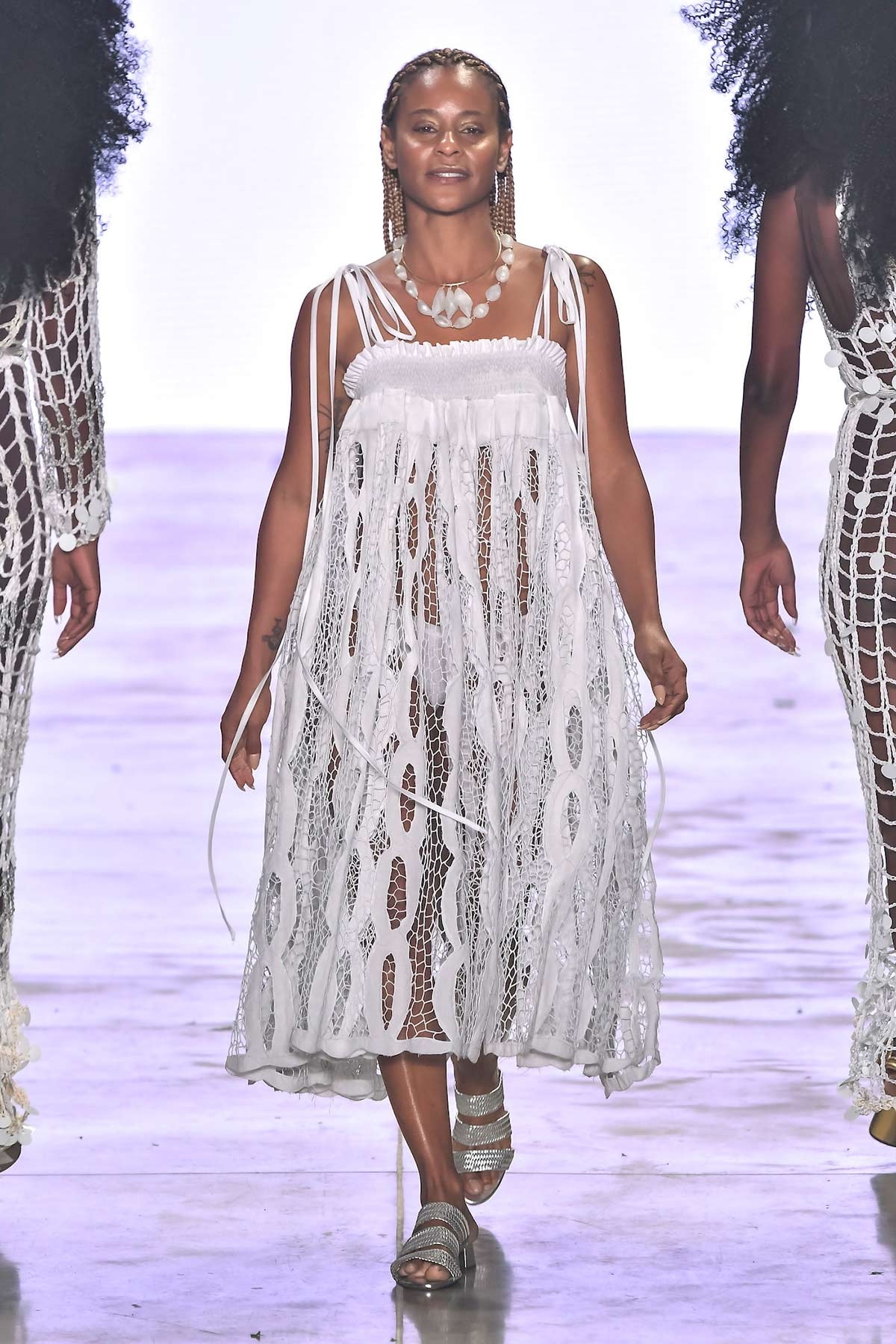
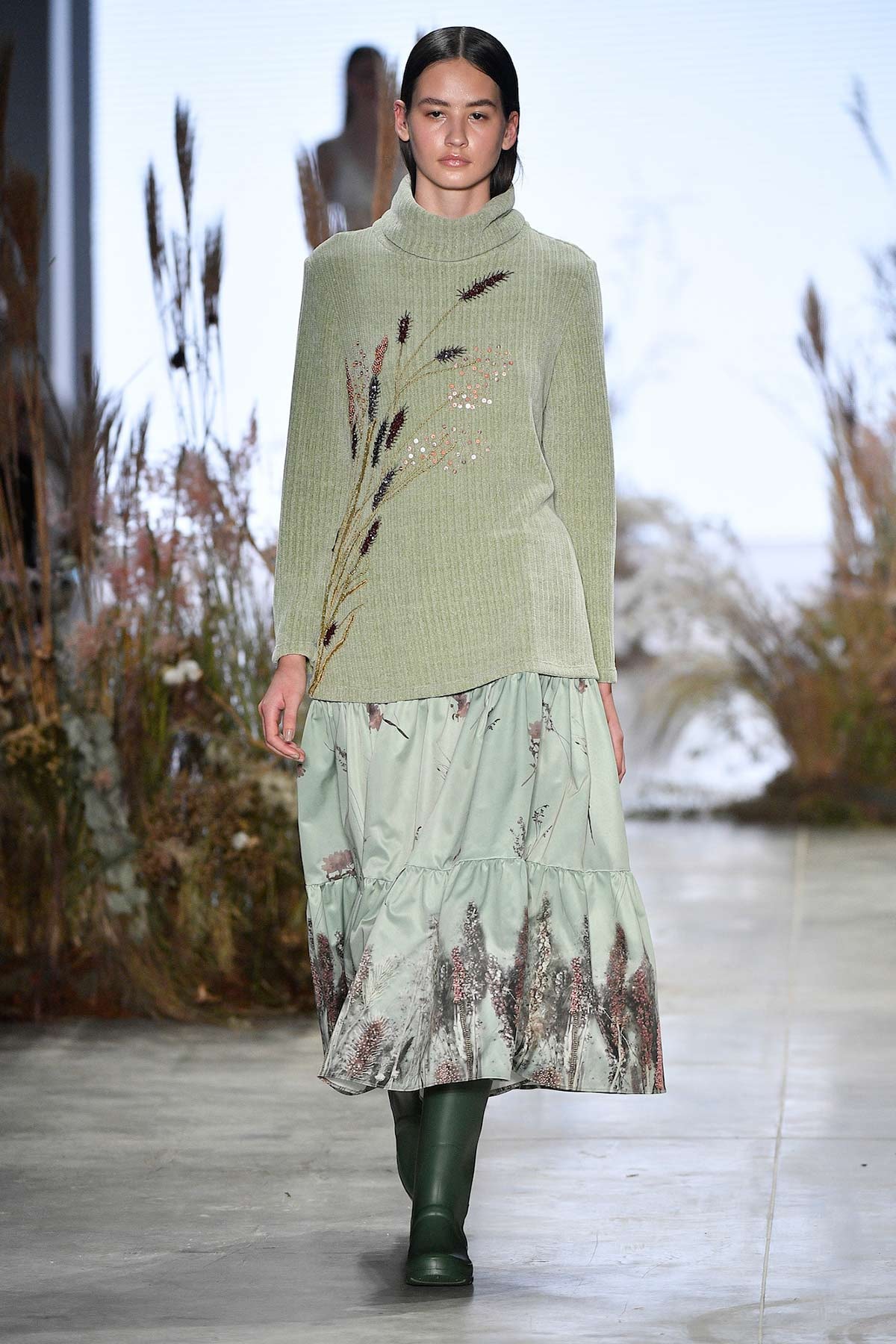
The biggest novelty appeared with the presentation of Another Place at the Italia theatre in the city centre. Instead of a normal catwalk presentation a film was shown, featuring actor Johnny Massaro who played a pop star wearing various costumes, trousers, shirts and jackets. After the film, models showed the garments used by the actor on the catwalk.
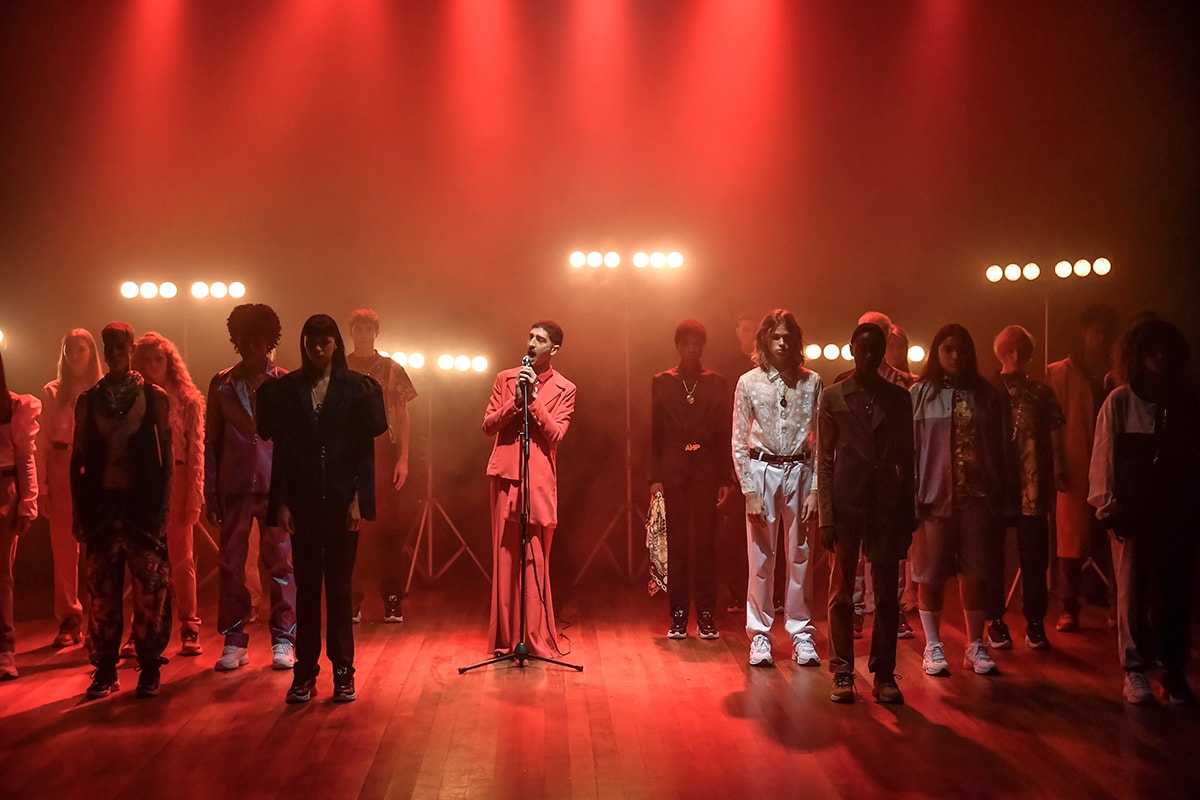
This article was originally published on FashionUnited.BR, translated and edited
Fotos: Agência Fotosite
* This article was originally published here
